For over a decade, Paul Simon and Carrie Fisher had a tumultuous romance, only for it to end after one fateful trip to the Amazon.
He Couldn’t Escape Himself
Paul Simon once sang, “I am a rock, I am an island”—and he wasn’t lying. Simon’s songwriting brilliance is as complicated as the man himself. Beneath the chart-topping, era-defining music, he was a minefield of neuroses: obsessed with control, wracked with self-doubt, and locked in one of music’s most outrageous feuds with his angel-voiced partner, Art Garfunkel.
Behind the hits lay a trail of controversy, failed love affairs, wild, substance-fueled nights with Princess Leia, and a genius who couldn’t stop unraveling. 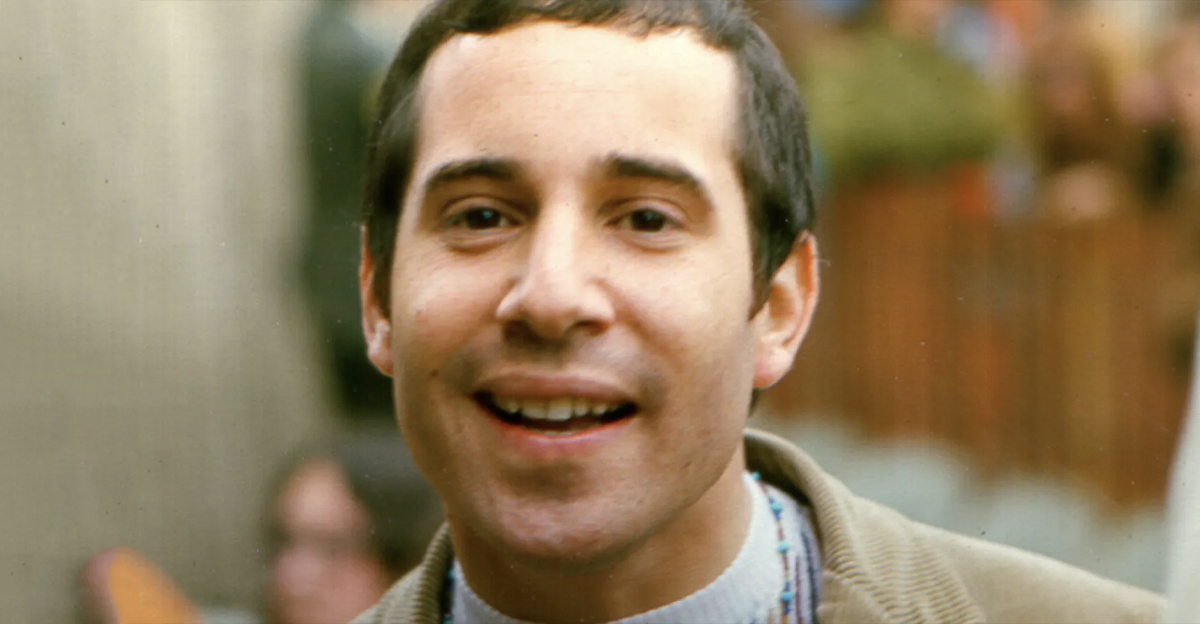
1. He Was Born Sad
When Paul Simon was born on October 13, 1941, he didn’t enter the world with a wail, but with a heavy sigh. His parents, Louis and Belle, peered into his crib expecting baby giggles, but instead, they were met with a furrowed brow and eyes full of existential despair. At first, they panicked. Was something wrong with their newborn?
Eventually, they just leaned into it and even nicknamed him after gloomy-faced Supreme Court Justice Benjamin Cardozo. Simon’s lifelong aura of melancholy? Yeah, it started before he could even crawl.
 Michael Putland, Getty Images
Michael Putland, Getty Images
2. He Was Small But Scary
Growing up in Queens, New York, Simon worshipped at Yankee Stadium, while his mother did the same at the synagogue. Baseball was his first religion, and though he was athletic, he was also tiny. Still, what he lacked in size, he made up for in sheer scrappiness. When mean kids messed with him, he didn’t back down. He’d snatch his hat back and then stomp back to the classroom and ace a test.
He would soon find a far more powerful (and less painful) way to stand out…
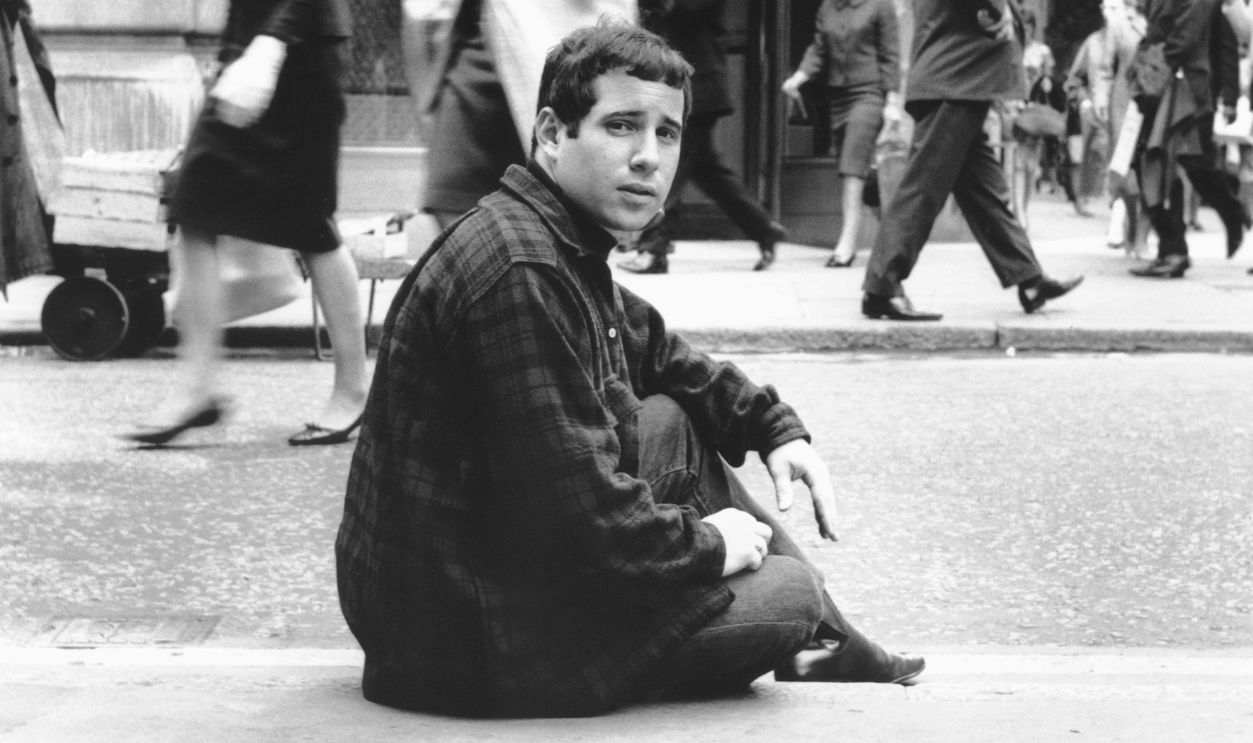 Chris Walter, Getty Images
Chris Walter, Getty Images
3. He Discovered The Power Of “Art”
One afternoon in 1952, the school buses at Simon’s elementary school were running late—and fate stepped in. To pass the time, teachers dragged the kids to the auditorium for an impromptu talent show. A curly-haired blonde boy named Art Garfunkel took the mic. The moment he started to sing, jaws dropped.
His clear, rich voice rang out like bells, silencing the rowdy kids and leaving the girls starry-eyed. One fourth-grader sat there soaking it all in: Paul Simon.
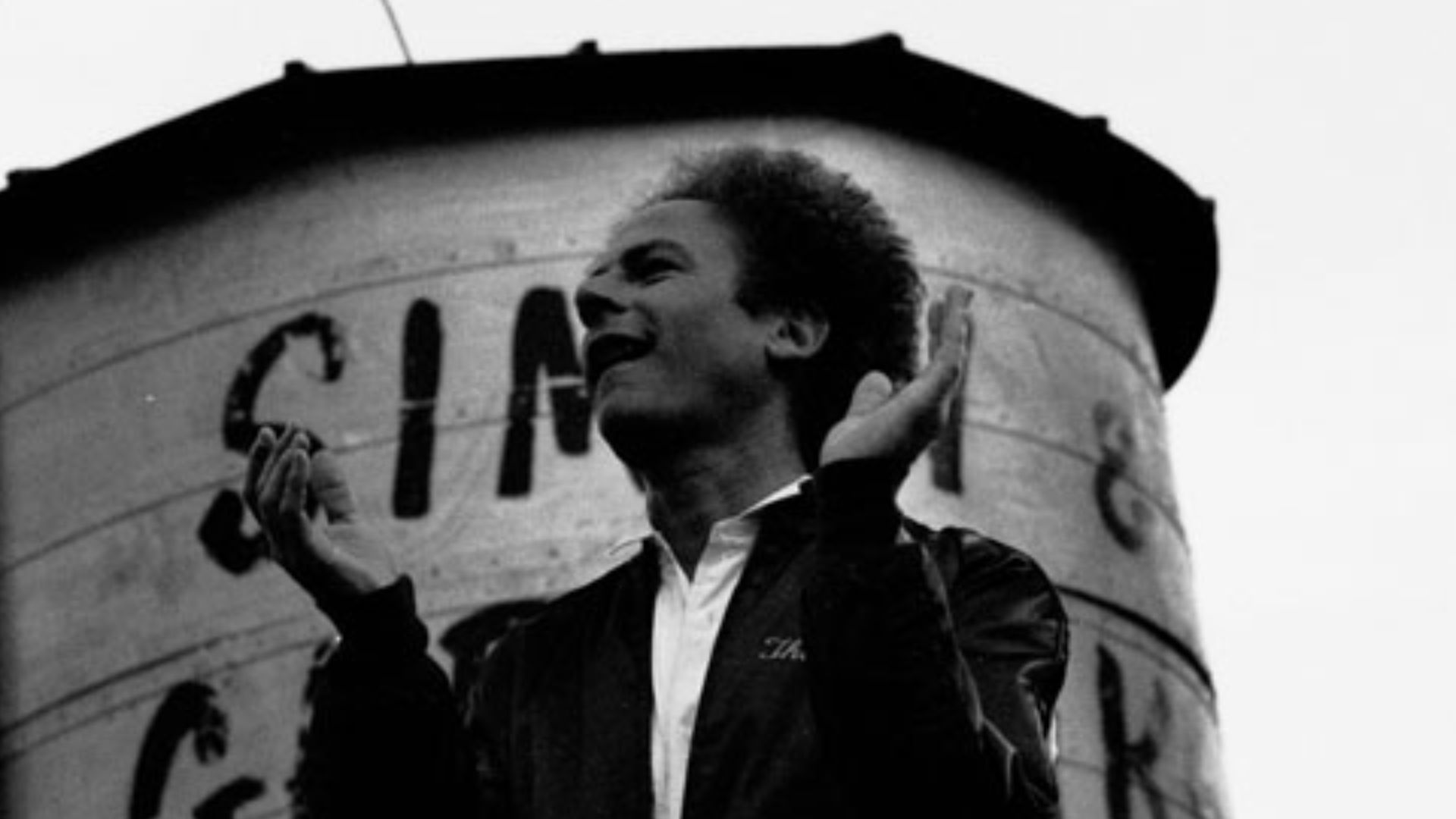 Eddie Mallin, Wikimedia Commons
Eddie Mallin, Wikimedia Commons
4. He Wanted The Spotlight—Badly
As young Simon sat in the auditorium absorbing the applause, the attention, and the magic surrounding Art Garfunkel’s performance, something clicked into place. He wanted that. He needed that. It wasn’t a crazy idea... Simon’s father was a bandleader when he wasn’t working as a professor, after all. Sure, Garfunkel was now known as “the most famous singer in the neighborhood,” but Simon had something else: quiet ambition.
While Garfunkel basked in the spotlight, Simon started working on his voice…and a plan.
 Michael Ochs Archives, Getty Images
Michael Ochs Archives, Getty Images
5. His Father’s Words Changed Everything
Simon wasn’t just another kid with a silly daydream—he was a one-person boot camp. He’d bring a record player to his room for privacy and sing his little heart out. He was doing just that one day when his father poked his head in the door, smiled, and said, “You’ve got a nice voice”.
Coming from Louis Simon—a professional musician who rarely handed out compliments—that one sentence was like getting knighted. He could sing. For the first time, it felt like the pieces were falling into place.
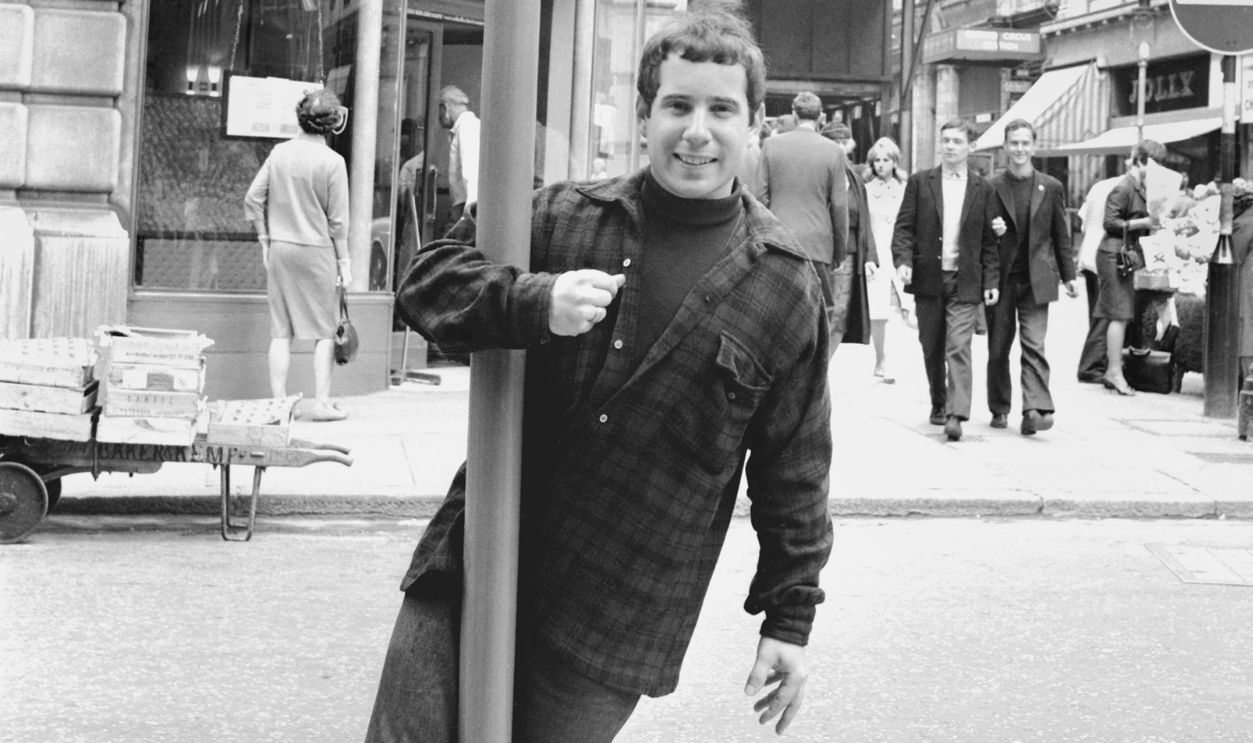 Chris Walter, Getty Images
Chris Walter, Getty Images
6. His Life Was About To Change
Ever since Garfunkel's show-stopping school debut, Simon had been quietly admiring him from afar in the hallways and at talent shows. The two had barely spoken until, at age 12, fate cast them both in the school’s production of Alice in Wonderland. Fittingly, Simon was the anxious White Rabbit, and Garfunkel was the chill Cheshire Cat. They shared a sharp sense of humor and a growing obsession with music.
By the end of the play, they weren’t just friends, they were a duo—and they were already turning into local legends.
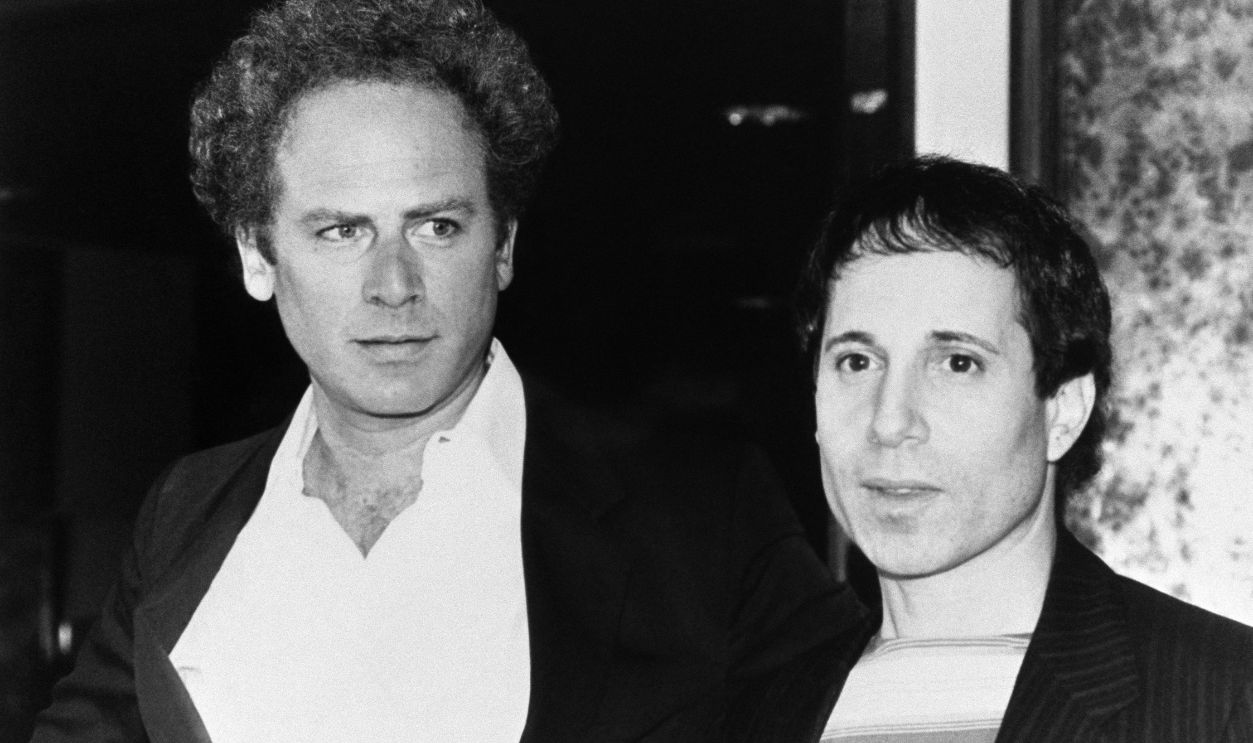 -, Getty Images
-, Getty Images
7. He Was A Teen Idol
By high school, Simon and Garfunkel weren’t just neighbourhood heroes—they were rising stars. They spent hours face-to-face in Garfunkel's basement, obsessing over harmonies and tightening every note until it clicked. The work paid off. Their debut single, “Hey, Schoolgirl,” hit #49 on the charts under the stage names Tom & Jerry. They even scored a spot on American Bandstand.
To the outside world, it looked like the start of something big. But behind the scenes, the cracks were already forming. Simon had a secret, and Garfunkel had no idea what was coming.
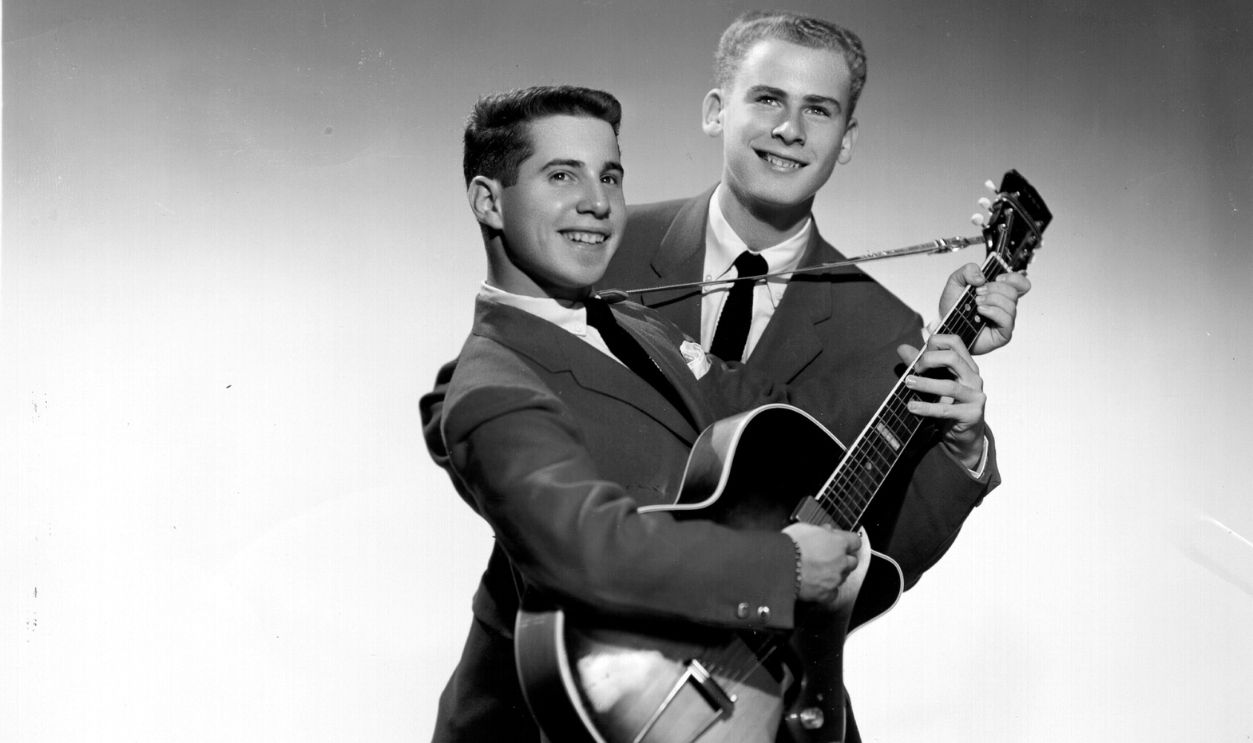 Michael Ochs Archives, Getty Images
Michael Ochs Archives, Getty Images
8. He Started Off On A Bad Note
While their first hit was climbing the charts, Simon forgot to mention one tiny thing to his bandmate and best friend: He’d already cut a secret solo deal behind Garfunkel’s back. While Simon and his father negotiated with the record label, they had quietly locked in a second contract for Simon alone. His dad, dreaming of creating the next Elvis, even wrote a goofy rockabilly track and rushed Simon into the studio to record it.
When Simon finally told Garfunkel? The betrayal hit him like a brick.
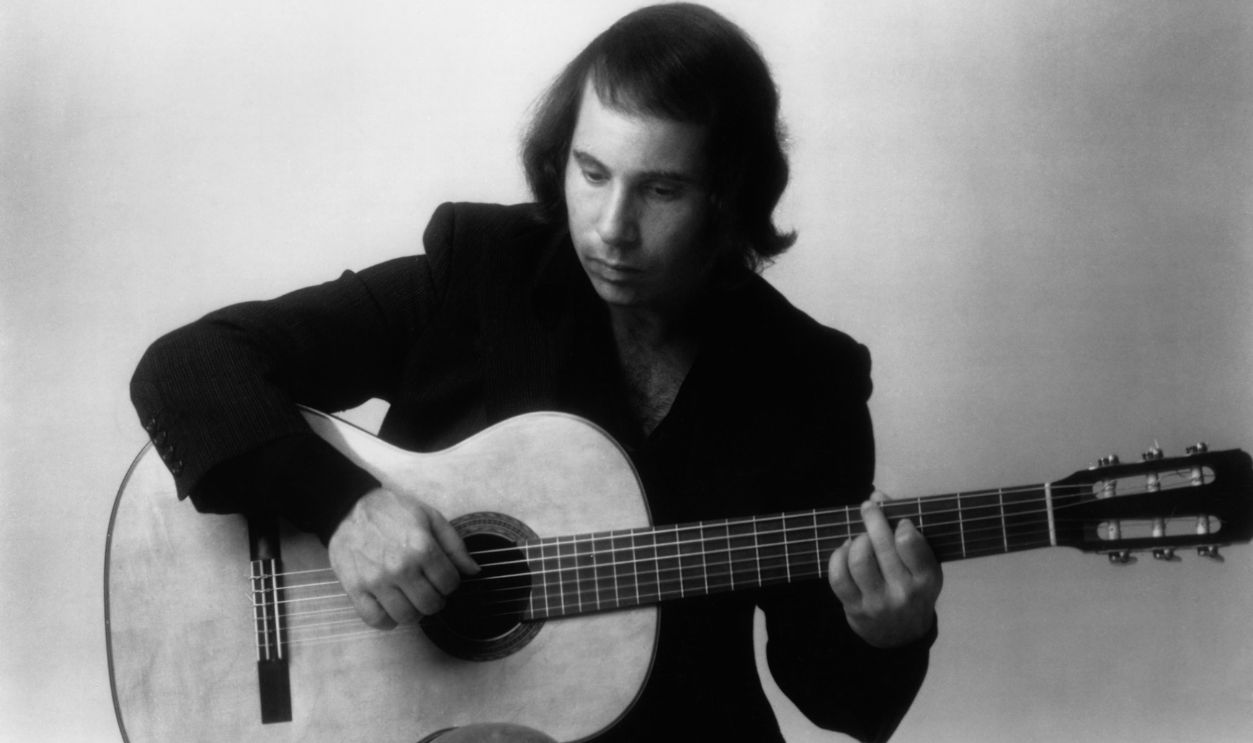 Charlie Gillett Collection, Getty Images
Charlie Gillett Collection, Getty Images
9. He Broke The Rules
It’s no wonder that Simon versus Garfunkel became one of rock’s longest-running feuds. That said, the real mystery is how Garfunkel ever trusted him again. When Simon eventually told Garfunkel about the secret solo deal, he tried to downplay it as nothing. Garfunkel didn’t buy it—and neither did his furious parents.
Paul Simon and his father had lied, plain and simple. Maybe the universe agreed, because Simon’s solo single flopped hard while demand for Tom & Jerry kept growing. Was that enough to smooth things over? Maybe…for now.
![circa 1965: American folk rock duo Simon and Garfunkel (Art Garfunkel [L] and Paul Simon) performing on a studio sound stage during a rehearsal. Garfunkel slaps his leg while Simon plays a guitar.](https://www.factinate.com/storage/app/media/factinate/2025/7/30/Untitled%20design%20-%202025-07-30T145701.234.jpg) Hulton Archive, Getty Images
Hulton Archive, Getty Images
10. He Loved The Grind
From the late 50s to the early 60s, Simon was a music-making machine—writing, recording, and producing under a string of fake names. But no matter how far he strayed, he always circled back to Tom & Jerry, reuniting with Garfunkel when the chemistry called for it. Then, in 1964, their big break arrived.
Clive Davis signed them to Columbia Records—and this time, they weren’t hiding behind fake names. Simon & Garfunkel were born. It should have been a dream, but it blew up in their faces.
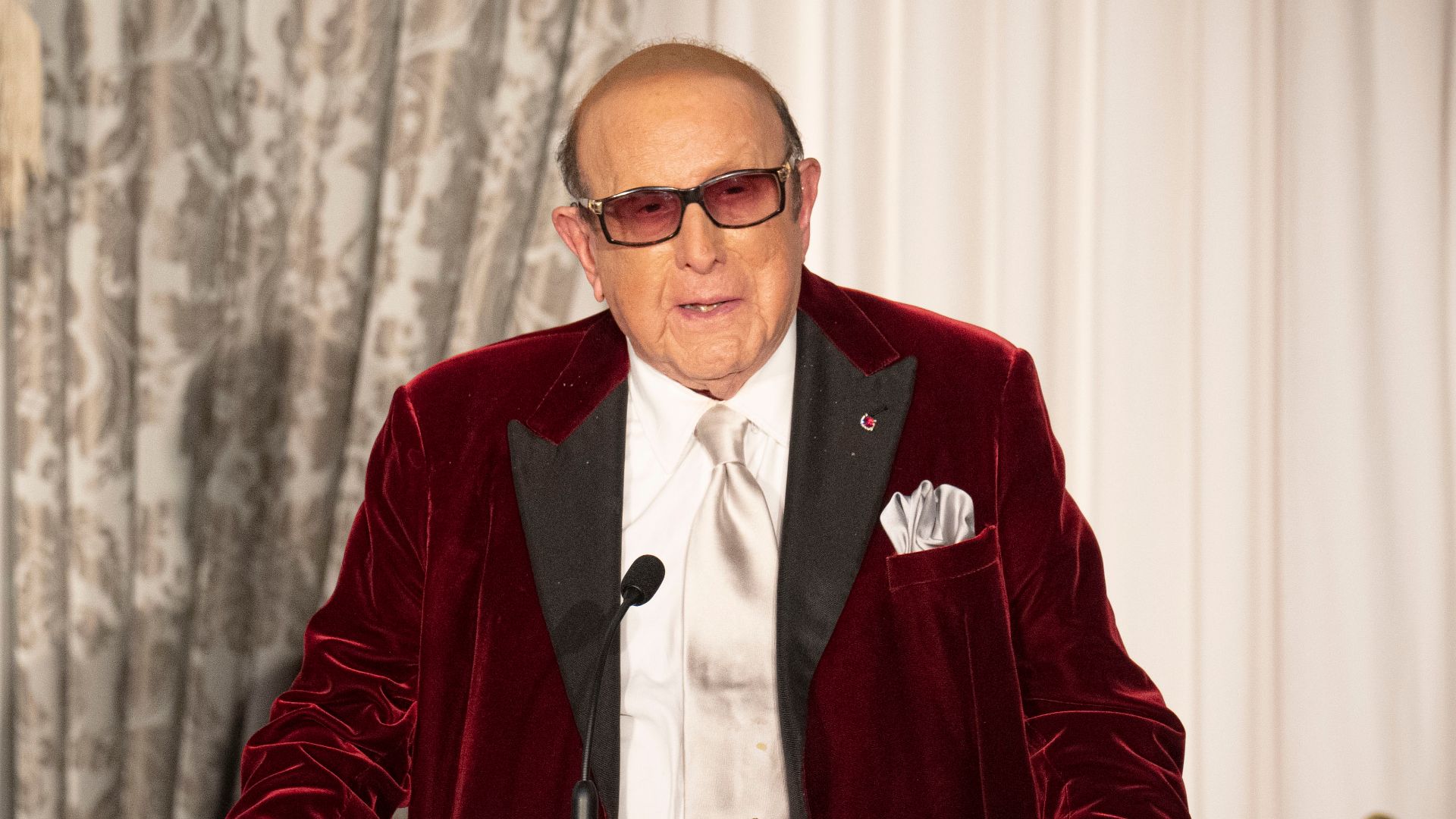
11. He Flew The Coop
It almost sounds like an emo album, and the sentiment is similar: Wednesday Morning, 3 A.M., their official debut as Simon & Garfunkel, hit shelves in October 1964…and tanked. Simon couldn’t take it. Just like when he was being teased in the schoolyard all those years ago, he stormed off.
Only this time, he fled to England, fell headfirst into a new romance, and started building the next chapter of his legend—without Art Garfunkel.
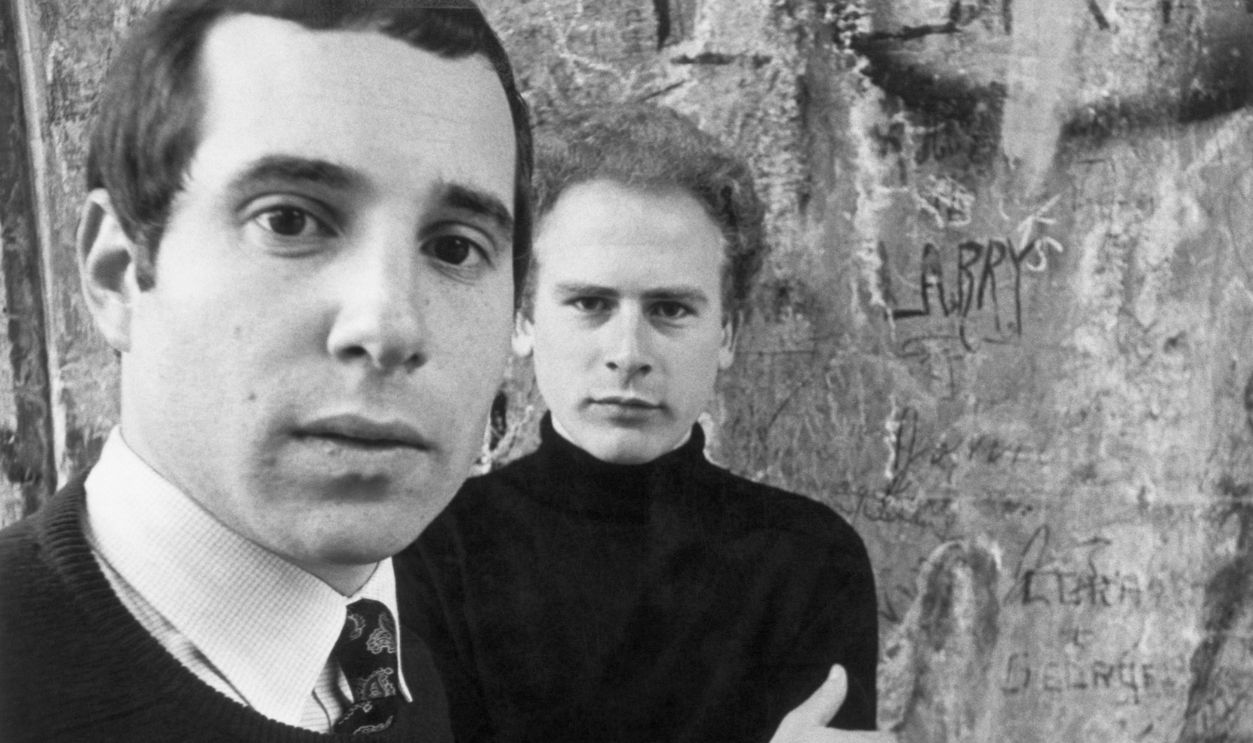 Bettmann, Getty Images
Bettmann, Getty Images
12. He Didn’t Exactly Charm The Brits
When Simon landed in London, he was in his early 20s and ready to soak it all in: old English folk songs, finger-picking guitar work, and the buzzy bohemian club scene. But while the Brits played it cool, Simon…didn’t. One club manager recalls him declaring, “If I’m not a millionaire by the time I turn 30, I shall be very disappointed”.
Let’s just say his vibe wasn’t exactly blending in.
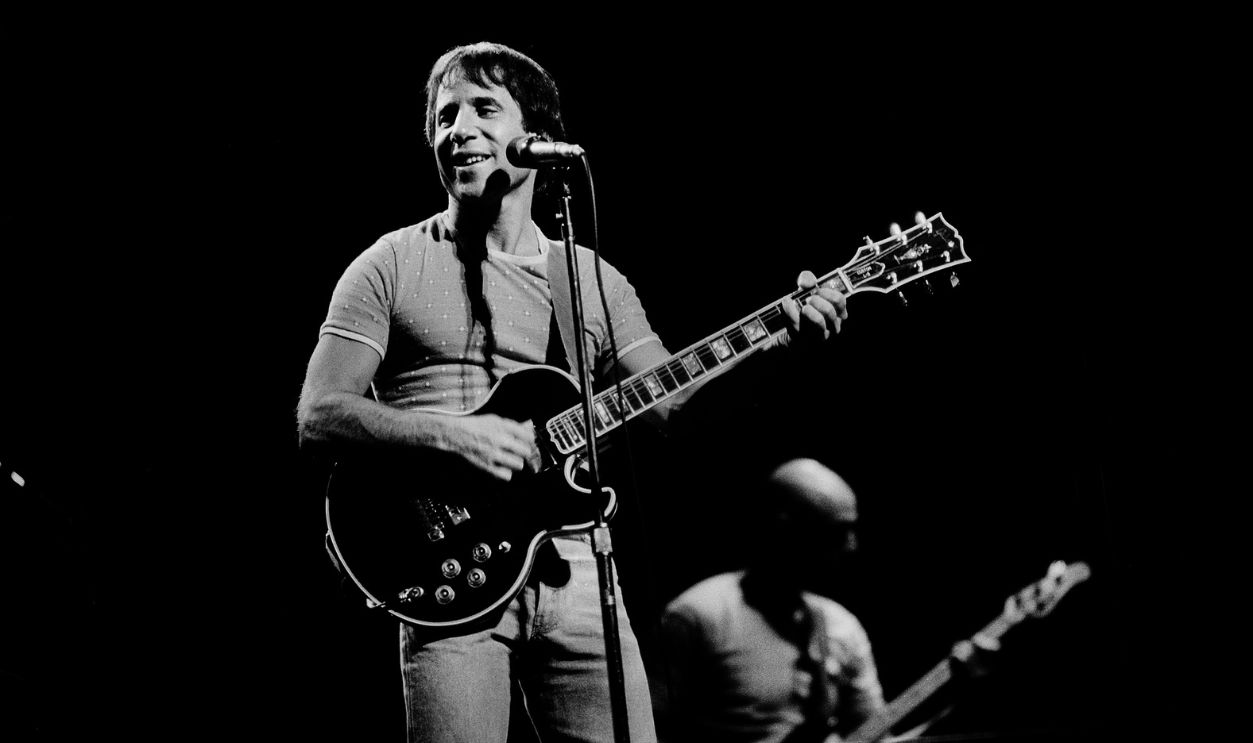 Paul Natkin, Getty Images
Paul Natkin, Getty Images
13. He Didn’t Take Himself Too Seriously
Simon’s brash American ways stood out among the British stiff upper lips. Onstage, he tried to balance his intensity with comedy: fake bad poetry, offbeat gags, and even a Bob Dylan parody where he poked fun at the growing star’s abstract lyrics (for the first, but not last time). Behind the scenes, though, not everyone was a fan.
UK folk legend Ralph McTell put it bluntly: "[Simon] had a reputation as a miserable little man and was not popular among the other musicians”. Still, Simon did find one very receptive audience: an 18-year-old Welsh woman named Kathy Chitty.
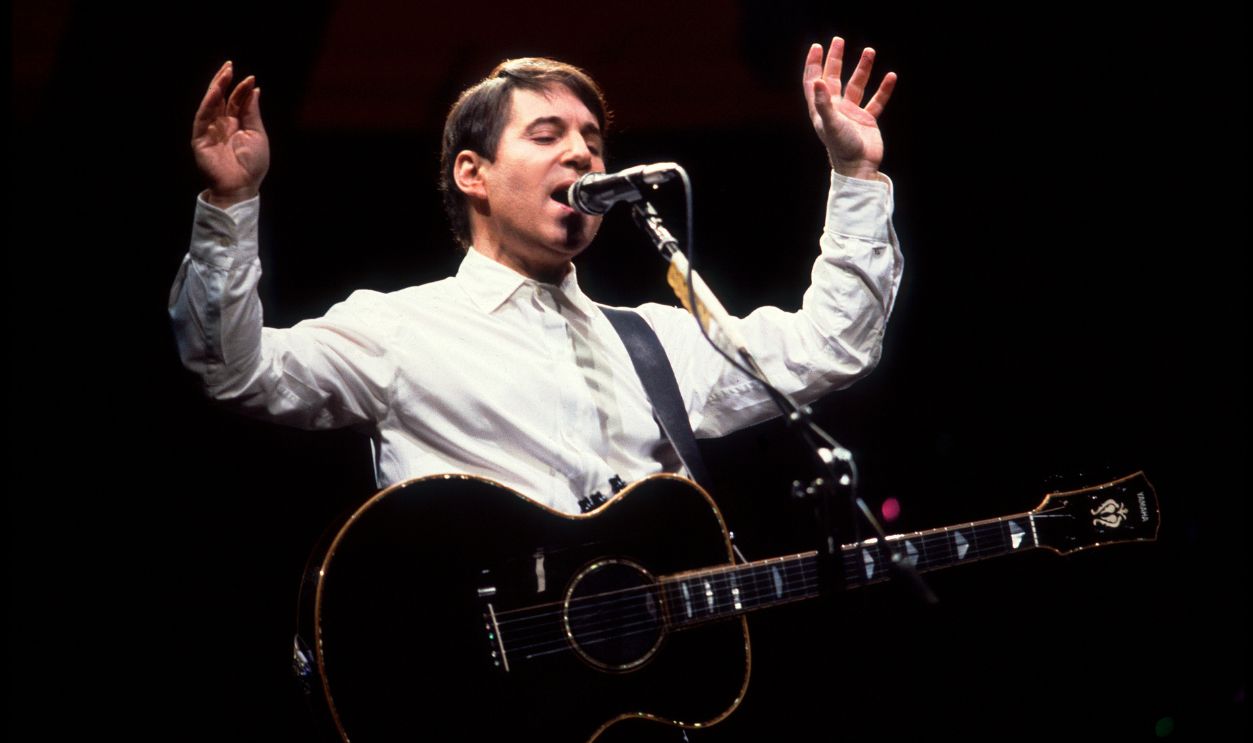 Paul Natkin, Getty Images
Paul Natkin, Getty Images
14. He Met His Muse
If you were writing a 1960s UK rom-com, you couldn’t pen a better meet-cute. Simon first saw Kathy Chitty behind the ticket table at the Railway Tavern in Essex—shy, soft-spoken, and half hidden behind a curtain of brunette bangs. She wasn’t chasing fame, and she didn’t say much, but Simon was instantly hooked.
 Chris Walter, Getty Images
Chris Walter, Getty Images
15. His Girl Left A Mark
Personality-wise, Simon and Chitty couldn’t have been more different: the quiet British teenager and the spotlight-chasing New Yorker. Still, she lingered in his mind and music. Not only did she appear on the cover of The Paul Simon Songbook, but her name haunts his most iconic lyrics, including the aching line from “America”: “‘Kathy, I’m lost,’ I said, though I knew she was sleeping”.
But while Simon was pouring his heart into quiet little folk tunes, back in the US, someone was about to literally crank the volume on him.
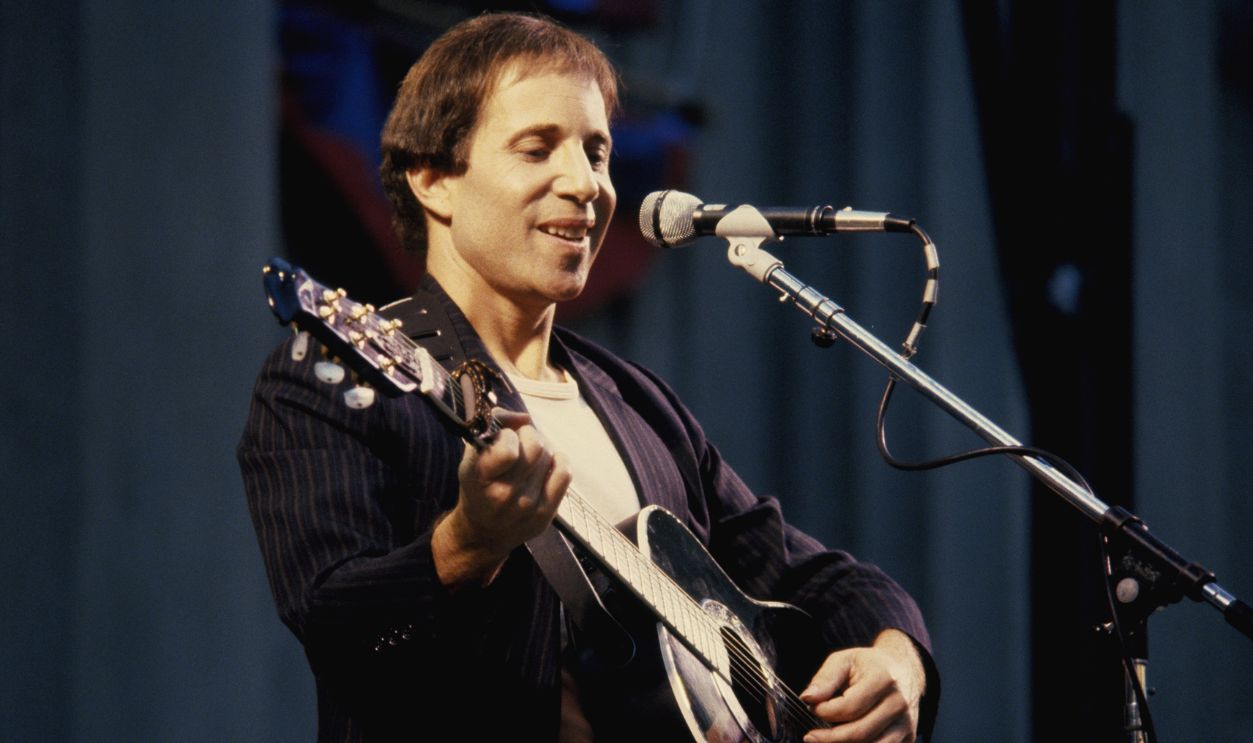 Richard McCaffrey, Getty Images
Richard McCaffrey, Getty Images
16. He Woke Up To A Game-Changer
Part of the reason Wednesday Morning, 3 A.M. flopped was timing—it dropped right into the chaos of Beatlemania. But once the hysteria cooled, something surprising happened: A few radio stations started spinning Simon & Garfunkel’s eerie ballad “The Sound of Silence”.
Sensing an opportunity, Columbia Records asked producer Tom Wilson—the same guy who helped Dylan go electric—to juice it up with drums and electric guitars. The result? A smash hit. Simon’s reaction? “Horrified”.
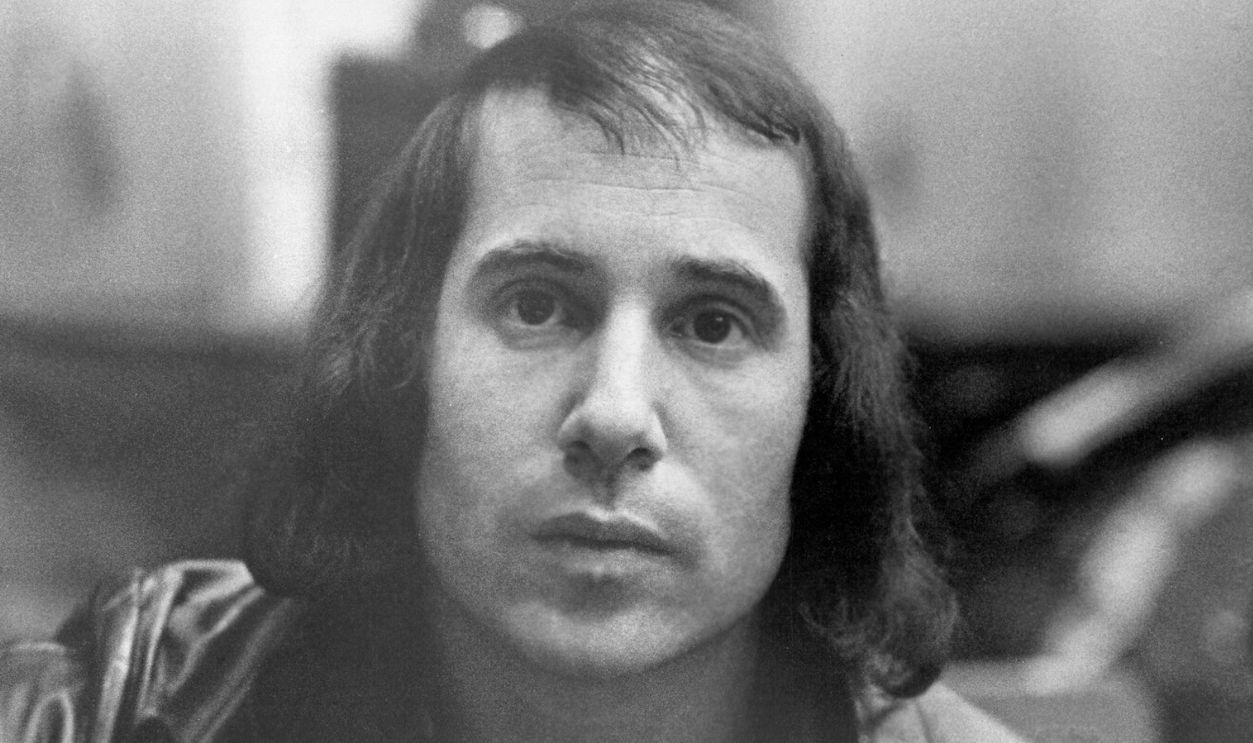 Michael Ochs Archives, Getty Images
Michael Ochs Archives, Getty Images
17. His Horror Faded
Simon may have been horrified when his label tampered with “The Sound of Silence,” but when the electrified version hit #1 in January 1966, his tune changed fast. He rushed back to the US, and Simon & Garfunkel rode the wave straight into superstardom. That same year, they dropped two era-defining albums: Sounds of Silence and Parsley, Sage, Rosemary and Thyme—and landed a coveted slot at the legendary Monterey Pop Festival.
Simon’s life was moving fast, but the fates were just getting warmed up.
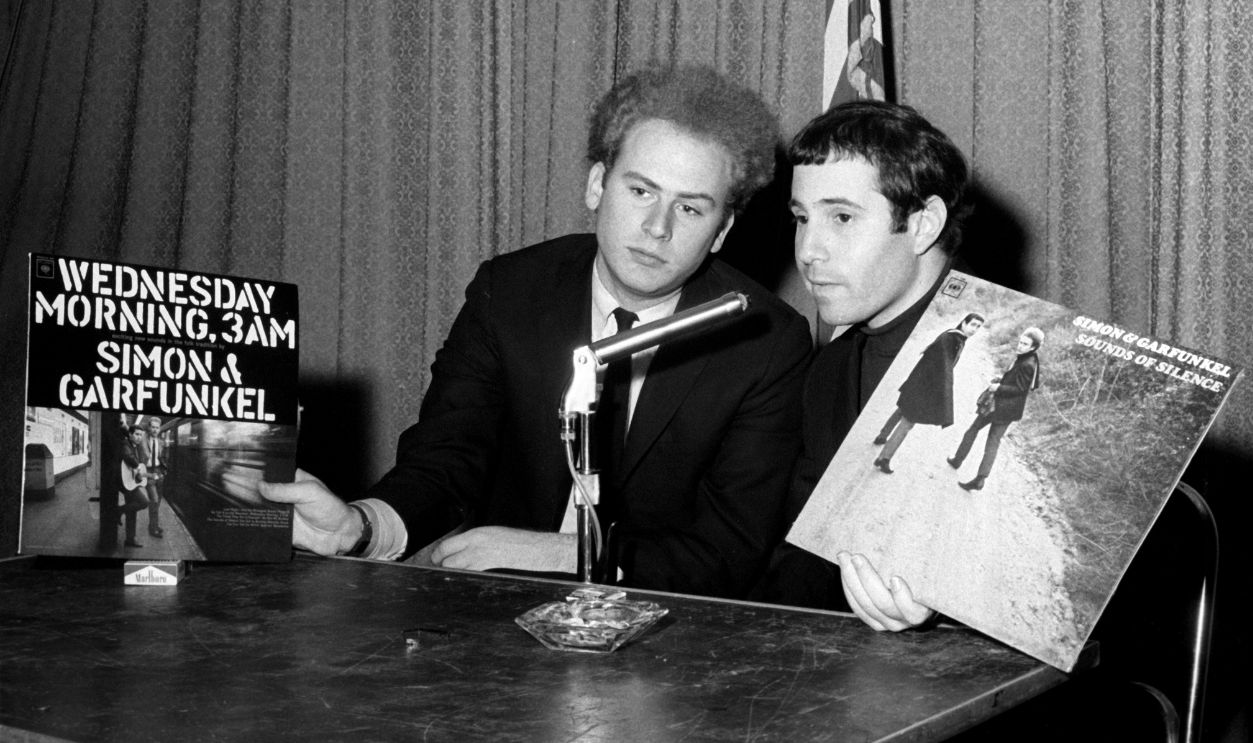 Icon and Image, Getty Images
Icon and Image, Getty Images
18. He Couldn’t Refuse
It never rains, it Nichols…? When daring film director Mike Nichols got his hands on Parsley, Sage, Rosemary and Thyme, he knew: This was the perfect sound for his upcoming film The Graduate. He reached out to Simon & Garfunkel, hoping to use their music—and surprisingly, Simon agreed to write three new songs for the project.
There was just one small catch. Well, OK, several…
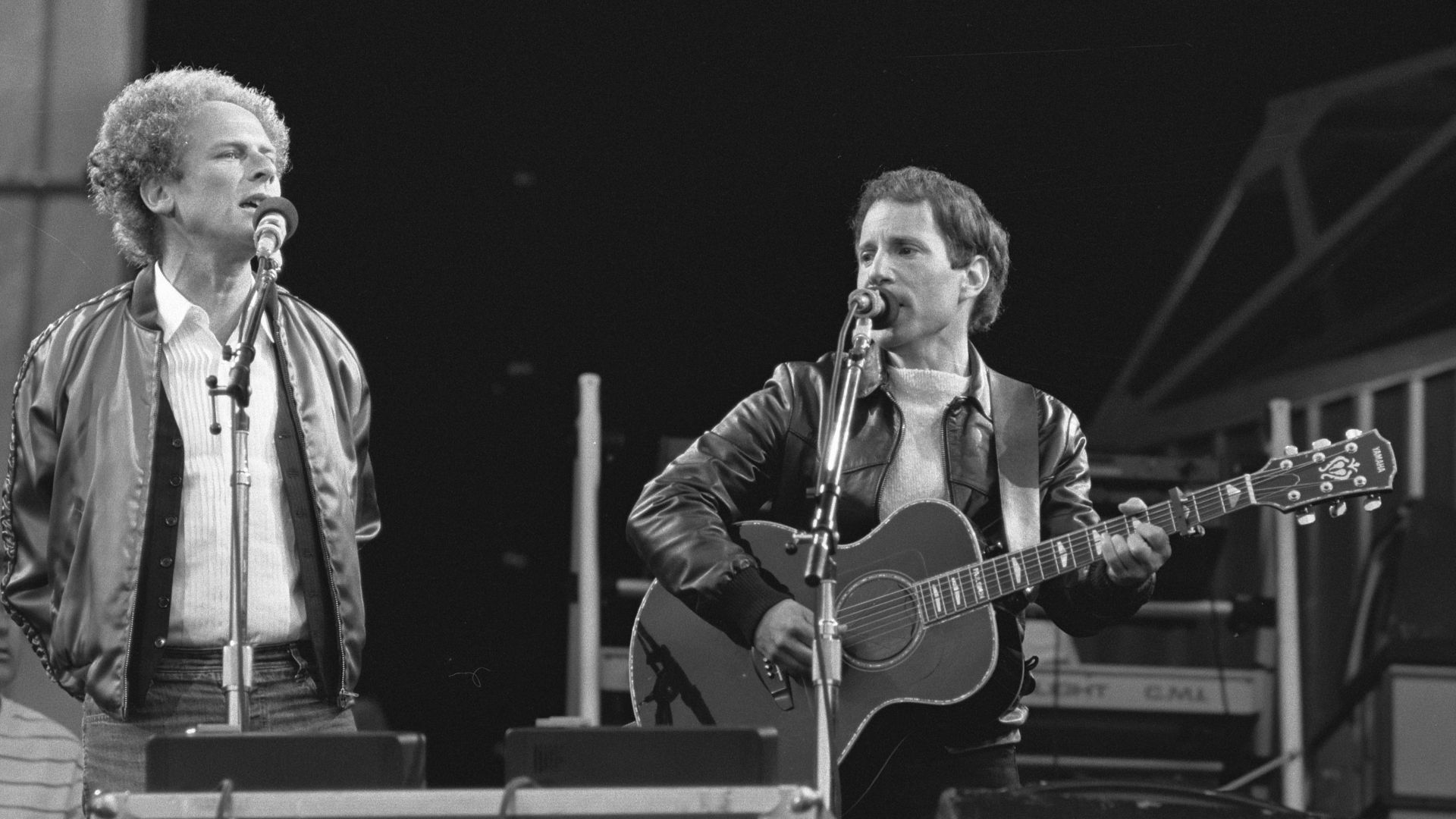 Rob Bogaerts / Anefo, Wikimedia Commons
Rob Bogaerts / Anefo, Wikimedia Commons
19. He Had Champagne Problems
Simon wanted to break new ground—using rock songs in a serious film was unheard of at the time. But there was one massive obstacle: everything. Between tour dates, a looming album deadline, co-producing Monterey Pop, and a brutal case of writer’s block, Simon was tapped out.
When he finally did manage to scrape together a couple of songs, Nichols rejected them. Ouch. And then things got worse. While Simon was struggling, Garfunkel casually spilled one of Simon’s secrets to Nichols.
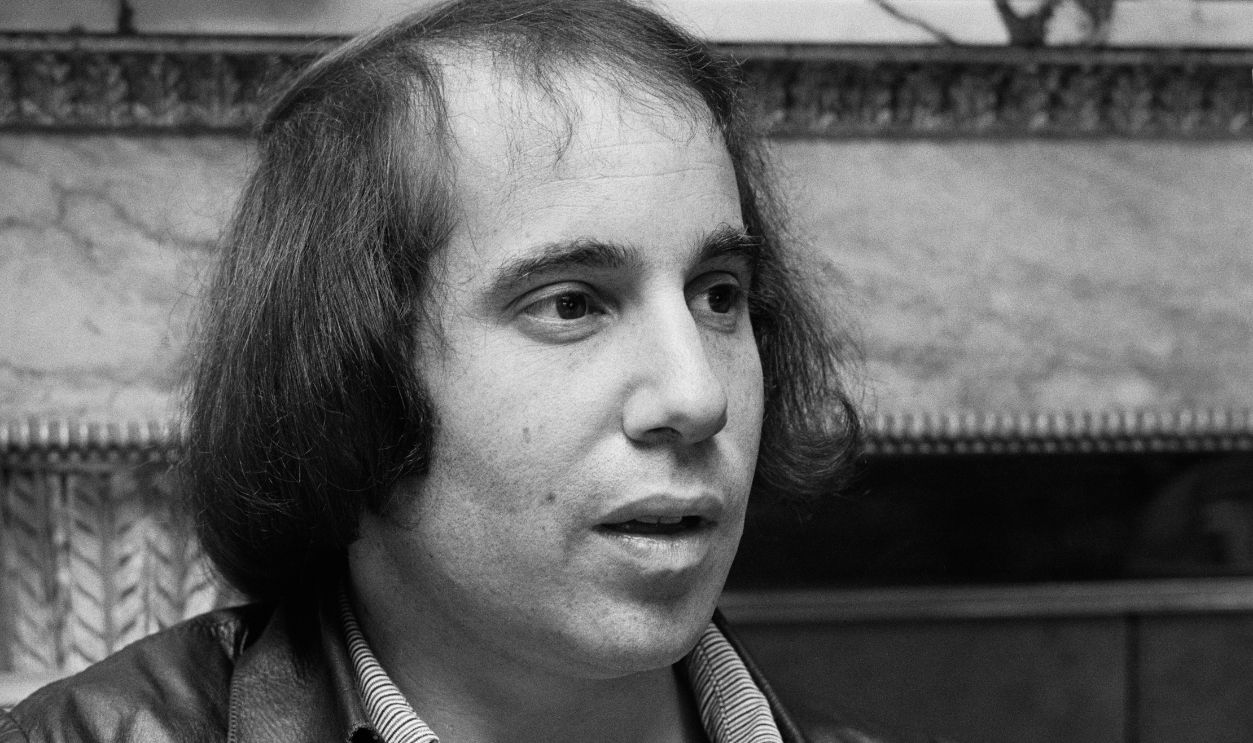 Steve Wood, Getty Images
Steve Wood, Getty Images
20. His Hand Was Forced
Desperate times, right? During a solo chat with Mike Nichols, Art Garfunkel mentioned that Simon had been fiddling with a great little tune for months. “It had a line,” Garfunkel said, “something like ‘Here’s to you, Mrs. Roosevelt’”. Nichols pounced. He called Simon immediately and told him to rework the song, change “Roosevelt” to “Robinson,” and finish it. Simon didn’t think it was ready, but he managed to pull it together—just in time.
The result? One of the most iconic songs in movie history.
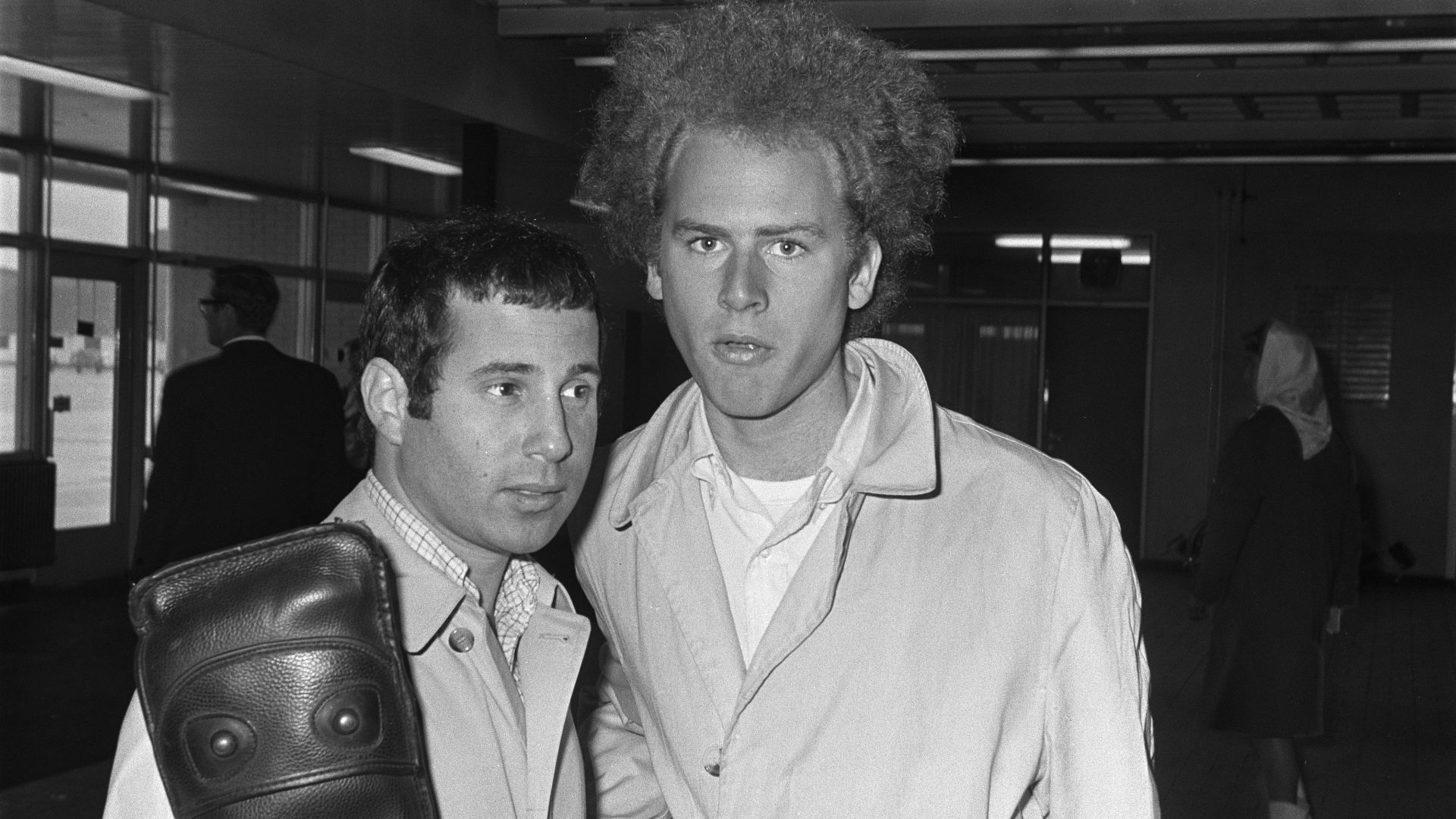 Joost Evers / Anefo, Wikimedia Commons
Joost Evers / Anefo, Wikimedia Commons
21. He Made Things…Complicated
Simon had no trouble going after what he wanted—especially when it came to love. In the late 1960s, he developed a not-so-secret crush on Peggy Harper, a striking, sharp-witted woman who just so happened to be the wife of his manager, Mort Lewis. At first, Mort brushed it off—maybe Simon’s little infatuation was harmless. Newsflash: It wasn’t.
 Paul Ryan, Getty Images
Paul Ryan, Getty Images
22. He Made It Official (And Awkward)
Harper’s life read like a Paul Simon ballad. She had escaped a strict, religious upbringing in small-town Tennessee, moved north, and worked as a model and then in the arts. Tall, magnetic, and two years older than Simon, she quickly became his muse—and he pursued her relentlessly. When she and Mort divorced, Simon didn’t waste a second—despite the tension it caused in their inner circle.
They married in 1969, but just as one of Simon’s unions was forming, another was starting to crumble.
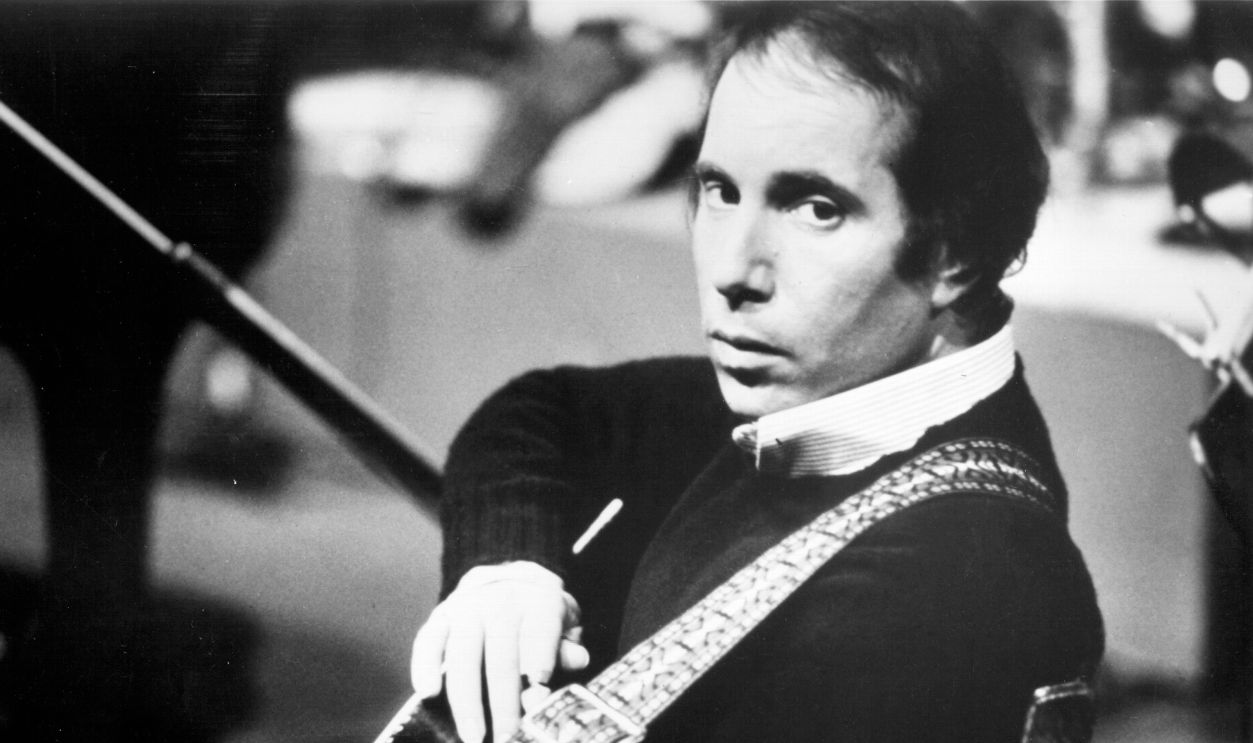 Michael Ochs Archives, Getty Images
Michael Ochs Archives, Getty Images
23. He Was Entering Troubled Waters
Sometimes, thanks to Simon’s competitive streak, he and Garfunkel were more like rivals than teammates. The tension only deepened when director Mike Nichols, fresh off The Graduate, brought them both on to act in his new film Catch-22. There was only one problem: Nichols cut Simon’s role. Garfunkel, however, stayed on the project—and Simon, trying to play it cool, gave Garfunkel his blessing to head off to Mexico for filming.
It was a generous move—but the cracks were deepening.
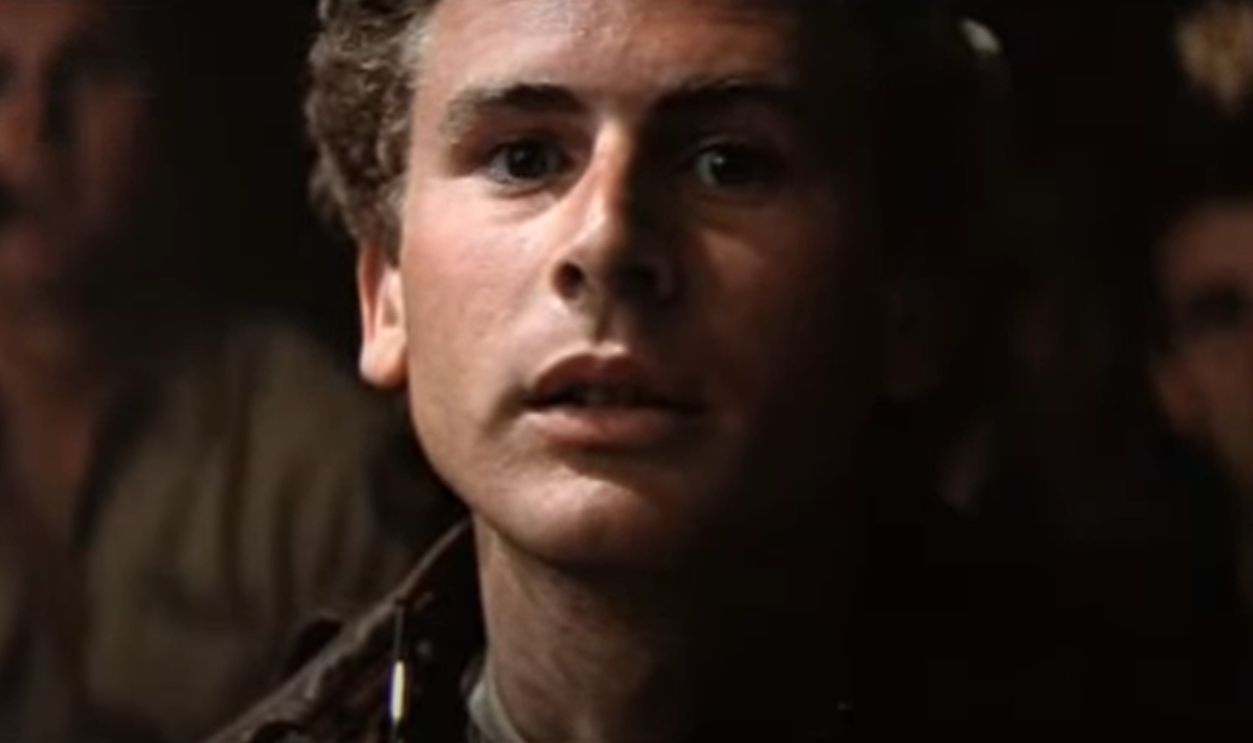 Catch-22 - The General's Wac, Tanmay
Catch-22 - The General's Wac, Tanmay
24. He Was Losing His Grip
Simon tried to stay chill about Garfunkel’s budding acting career—but the timing couldn’t have been worse. While Garfunkel was on set, their next album, Bridge Over Troubled Water (how’s that for foreshadowing?), was hanging in the balance. Simon later admitted that during this post-Graduate era, "We were probably as big as the Beatles”.
And yet, Garfunkel kept disappearing—and when he was around, their creative differences were explosive. Simon said their arguments were so intense, they could “stop a session cold”. Then came the final straw.
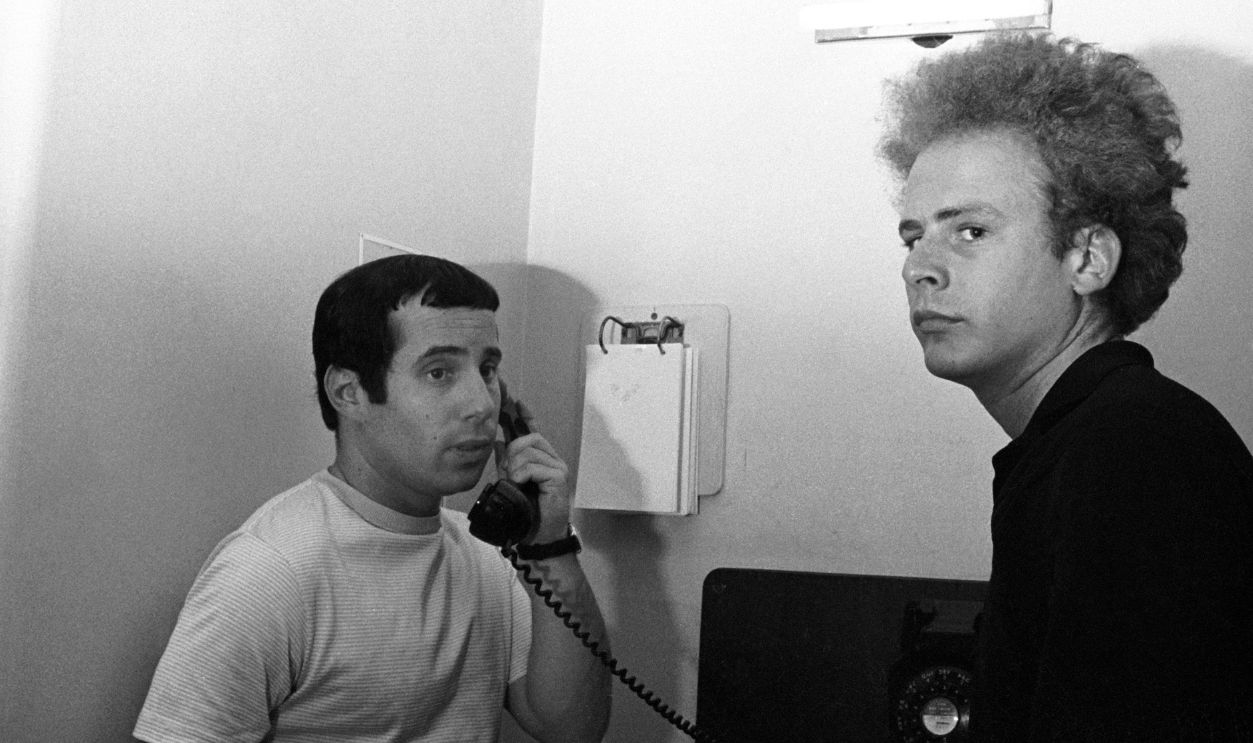 Ivan Keeman, Getty Images
Ivan Keeman, Getty Images
25. He Got A Taste Of His Own Medicine
For once, Simon wasn’t the one keeping secrets. The tables turned when a mutual friend casually told him that Garfunkel had signed on for another Mike Nichols film—Carnal Knowledge—without saying a word. When Simon confronted him, he said, “I was afraid if I told you, you would stop working on Bridge Over Troubled Water”.
Something snapped in Simon. He thought to himself, “I’ve got to get out of here”.
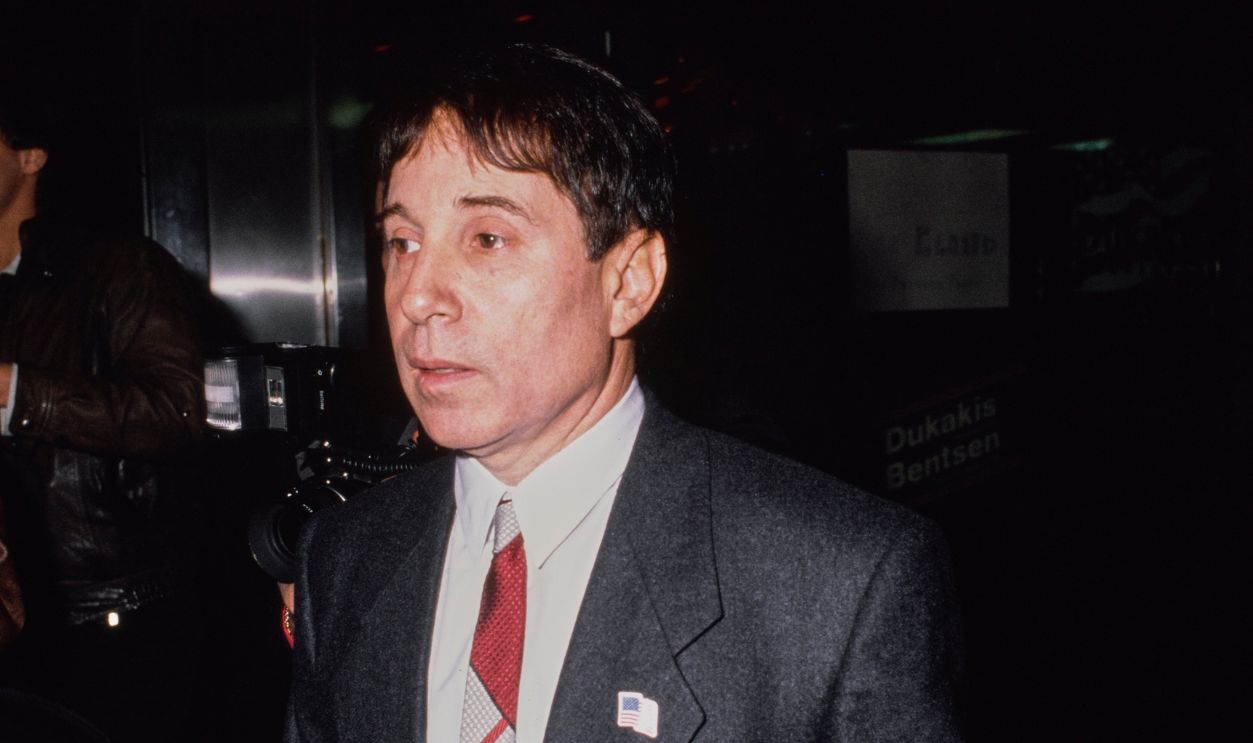 Vinnie Zuffante, Getty Images
Vinnie Zuffante, Getty Images
26. He Took A Chance
With his marriage to Peggy Harper in full swing, Simon was ready to make a bold move. Harper encouraged him to tell Clive Davis, the head of Columbia Records, that he was going solo. Clive’s reaction? “Biggest mistake of your life”.
Garfunkel agreed. In a no-holds-barred 2015 interview, he fumed: “...it seems very perverse not to enjoy the glory and to walk away from it instead. Crazy. What I would have done is take a rest from Paul, because he was getting on my nerves”.
And Garfunkel was just getting started…
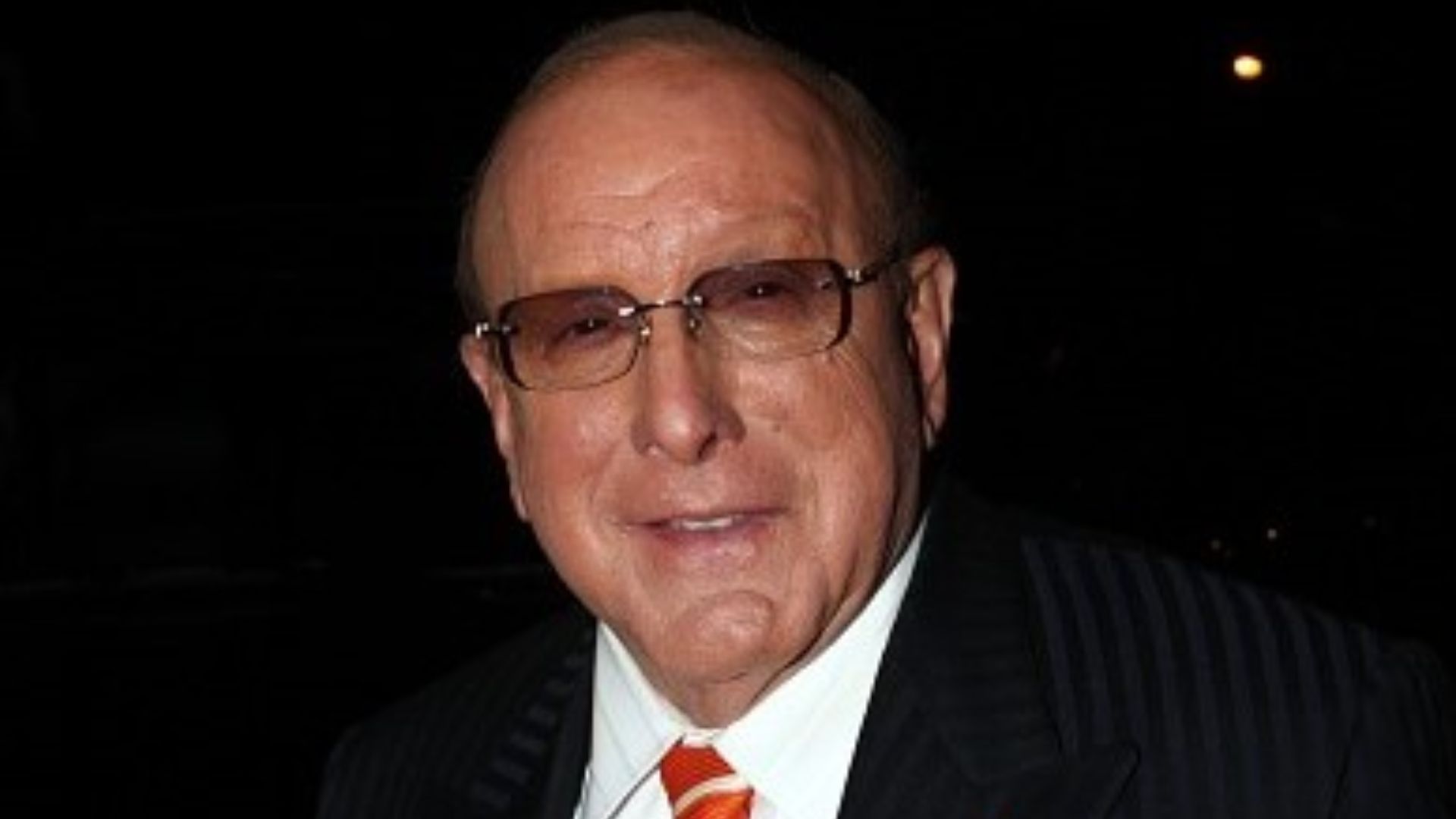 Photo by Christopher Peterson, Wikimedia Commons
Photo by Christopher Peterson, Wikimedia Commons
27. His Partner Couldn’t Let Go
It’s clear that Art Garfunkel was still raw 45 years later. In a freaky moment during that fateful interview, he suddenly began speaking to the interviewer as if he were Simon: "How can you walk away from this lucky place on top of the world, Paul? What’s going on with you, you idiot? How could you let that go, jerk?"
Trying to snap the musician out of it, the interviewer asked if Simon had a Napoleon complex. Garfunkel didn’t hesitate—he said yes, called Simon a “monster,” and abruptly ended the interview. Ouch.
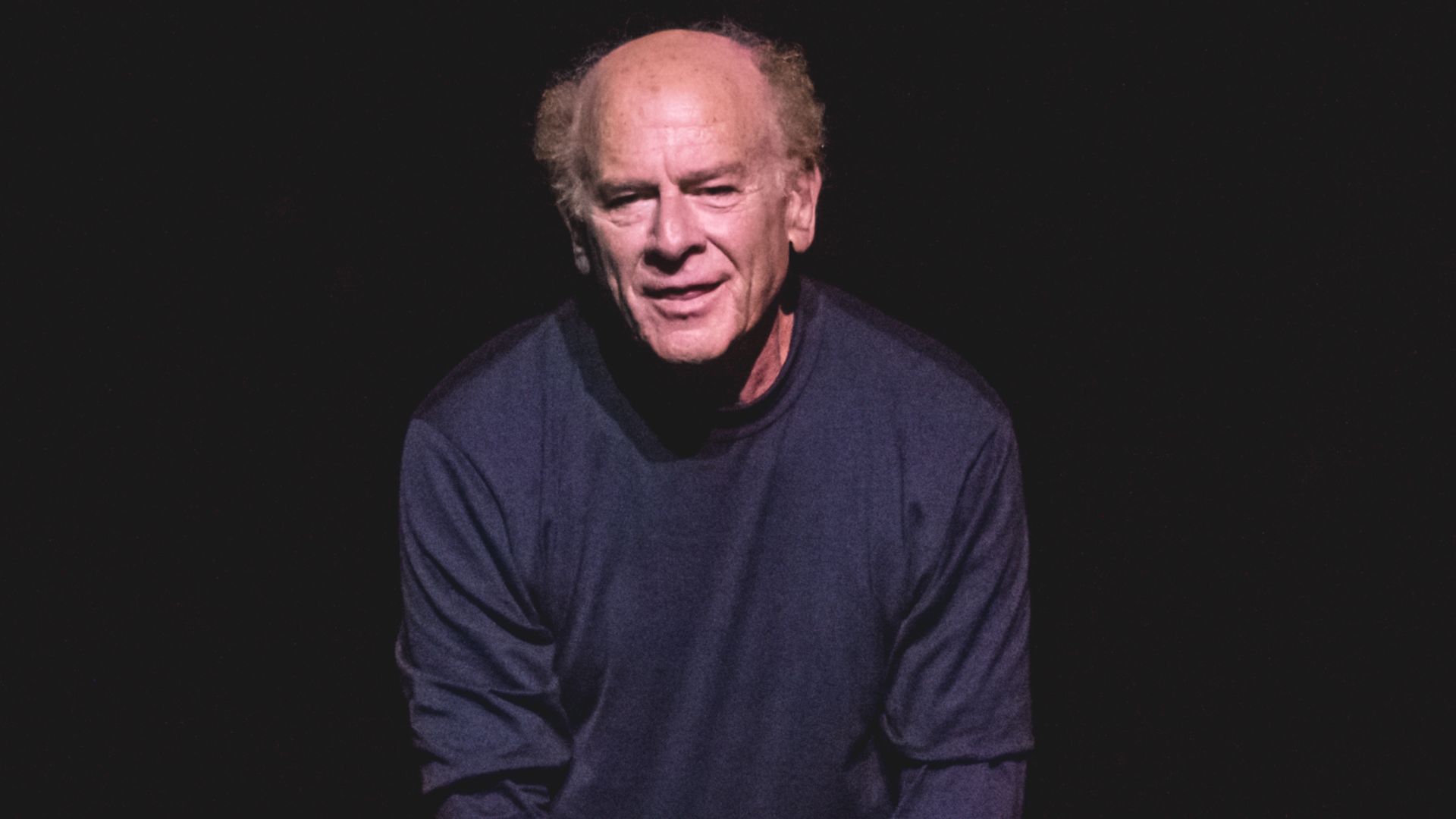 Raph_PH, Wikimedia Commons
Raph_PH, Wikimedia Commons
28. He Followed In His Father’s Footsteps
Talk about quitting while you’re ahead. Bridge Over Troubled Water wasn’t just Simon & Garfunkel’s swan song—it became their biggest commercial triumph and one of the bestselling albums of all time.
Now flying solo, Simon faced the terrifying task of proving himself all over again. So what did he do? He went back to school—literally. He took a job teaching songwriting at New York University, hoping to pass on what he’d learned…perhaps his students could be better-equipped to dodge the same mistakes he'd made.
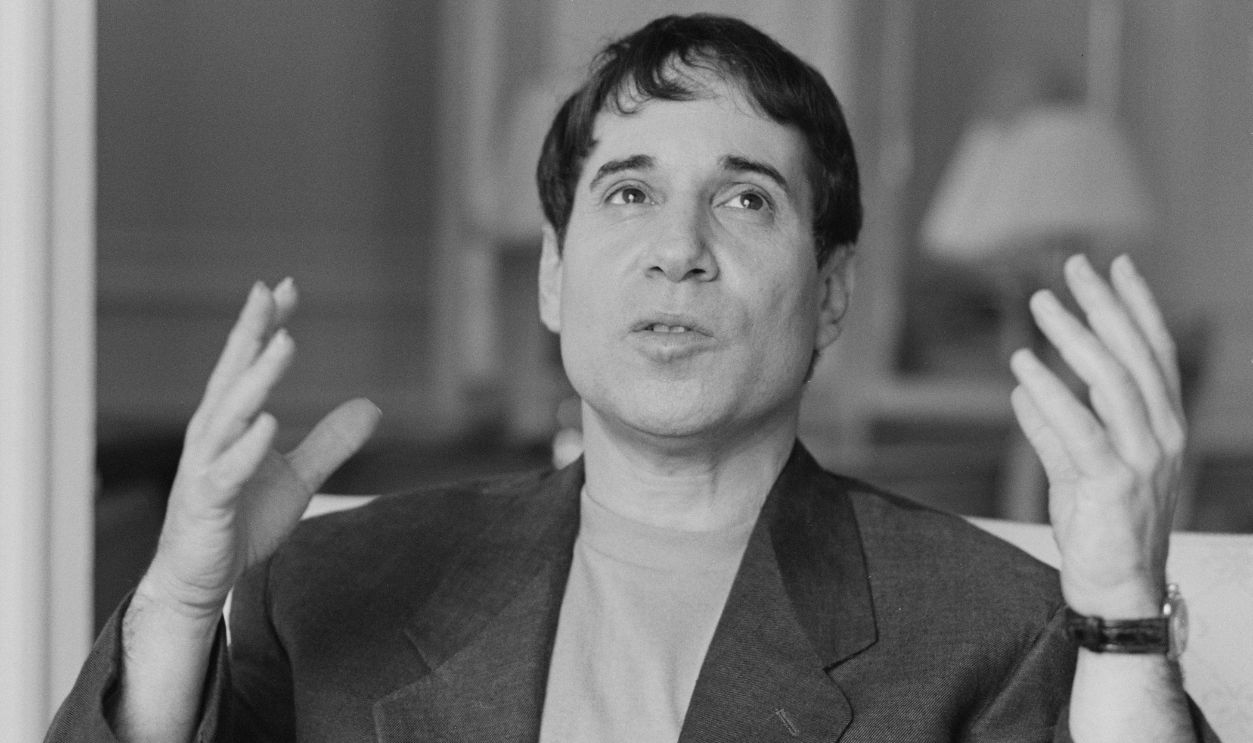 Michael Putland, Getty Images
Michael Putland, Getty Images
29. He Didn’t Need The Other Guy
So, after the duo’s split and his teaching stint—all eyes were on Simon, the so-called underdog. In 1972, he dropped his self-titled solo album, and against the odds, it was a commercial hit.
The record bounced between humor and heartbreak, dabbling in reggae, Latin, jazz, and blues—a preview of the global sounds that would define his future work. A few songs also hinted at something closer to home: the unraveling of his marriage.
 Michael Putland, Getty Images
Michael Putland, Getty Images
30. He Had A Hair Trigger
The final straw for Simon and Harper isn’t as bad as the annoying sound of a partner’s breathing (hat tip to Linda Evangelista), but it’s close. One night, Harper interrupted Simon one too many times while he was trying to listen to a Stevie Wonder album. Finally, Simon got up, stormed out, and never came back. Harper was blindsided. They divorced in 1975.
Oh, and if you’re wondering…It was the third interruption, the album was Innervisions, and Simon decided it was time to move on to Hollywood starlets.
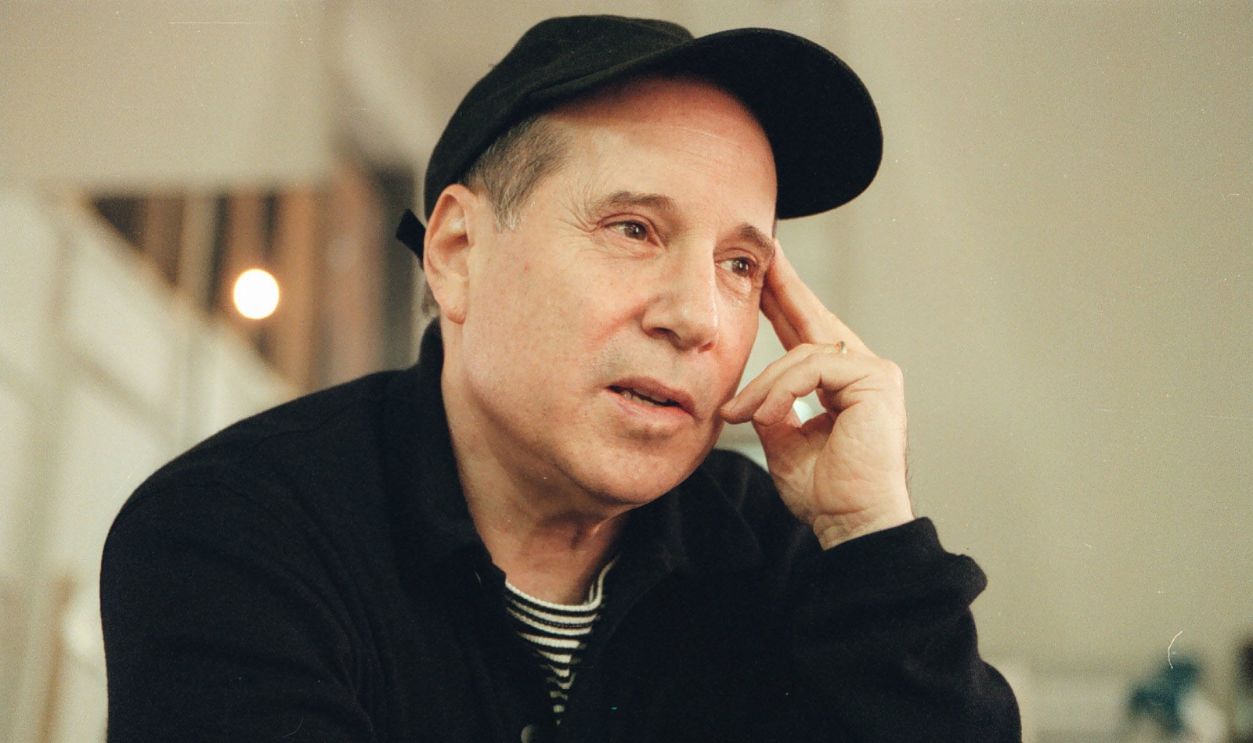 antoinette norcia, Getty Images
antoinette norcia, Getty Images
31. He Finally Got His Movie Moment
In 1977, Simon finally landed on the big screen—playing a slick music producer in Woody Allen’s Annie Hall. Take that, Garfunkel.
The cameo gave Simon a much-needed ego boost…and introduced him to his next love interest: actress Shelley Duvall. The two moved in together and stayed that way for two years, until Simon broke the bestie code—big time.
 Annie Hall - Official Trailer - Woody Allen Movie, Woody Allen
Annie Hall - Official Trailer - Woody Allen Movie, Woody Allen
32. He Traded One Actress For Another
Duvall never saw it coming. Reportedly, after introducing Simon to her friend Carrie Fisher, he pulled the ultimate betrayal—ditching Duvall and starting a relationship with Fisher instead. At the time, Fisher was deep in a galaxy far, far away, filming the original Star Wars.
But this relationship would be one of the most chaotic—and iconic—of Simon’s life.
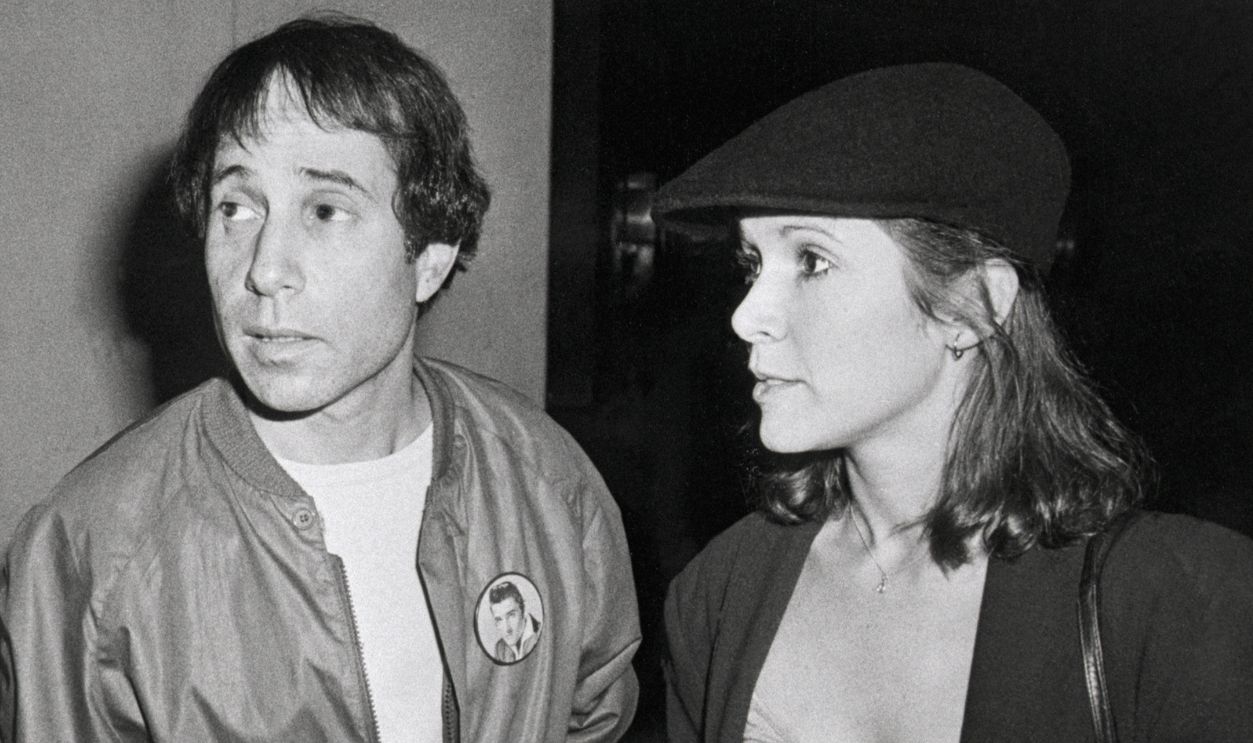 Bettmann, Getty Images
Bettmann, Getty Images
33. He Was On A Wild Ride
To call Paul Simon and Carrie Fisher’s romance a rollercoaster is putting it mildly. After Star Wars, which turned 21-year-old Fisher into an overnight icon, she had her pick of Hollywood’s elite—Mike Nichols, Richard Dreyfuss, and David Geffen were all interested, but she chose Simon.
They were nearly the same size, shared a razor-sharp wit, and swung between euphoric highs and moody lows. The substances didn’t help, but as Fisher later said, “It was an issue, but it wasn’t the issue”.
 Jean-Jacques LAPEYRONNIE, Getty Images
Jean-Jacques LAPEYRONNIE, Getty Images
34. His Relationship Was A Blur
Simon and Fisher weren’t exactly in sync, though. While Simon craved stability, Fisher was jetting off on substance-fueled escapades to exotic locales. Simon was tired of the distance—and one day he sat her down to break things off. But somehow, by the end of the conversation, they were engaged.
The wedding was a Hollywood spectacle: Lorne Michaels was the best man, Billy Joel and Robin Williams, Fisher’s famous parents—and yes, even Art Garfunkel showed up. The marriage lasted less than a year, but they still remained much more than friends.
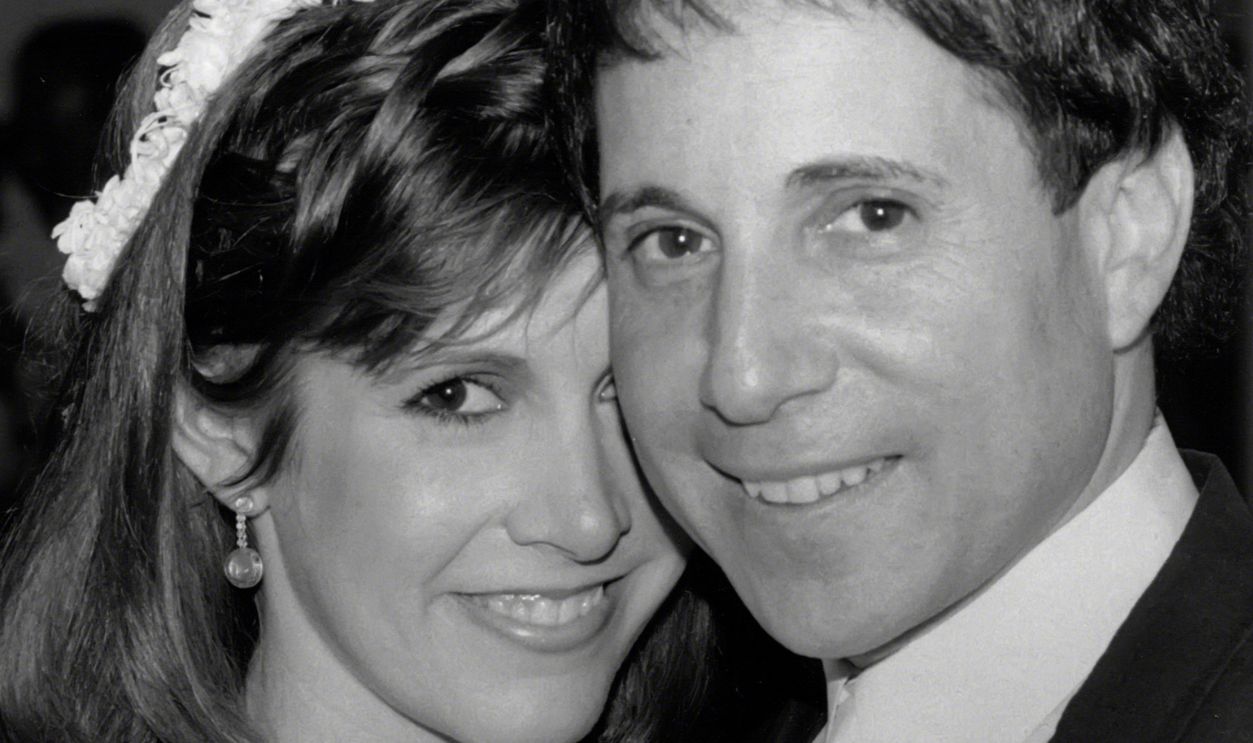 Images Press, Getty Images
Images Press, Getty Images
35. He Could Still Draw A Crowd
Speaking of on-again-off-again, in 1981, Simon got an offer he couldn’t ignore: the opportunity to headline a massive benefit concert in Central Park to help restore the crumbling landmark. There was just one catch—he’d have to perform with Art Garfunkel.
Simon was nervous. His last project, the semi-autobiographical One-Trick Pony, had flopped hard, and teaming up with Garfunkel again meant reopening old wounds. There were a lot of “what ifs,” and a lot of ways it could go wrong. Could the two boys from the old neighborhood really knock it out of the park?
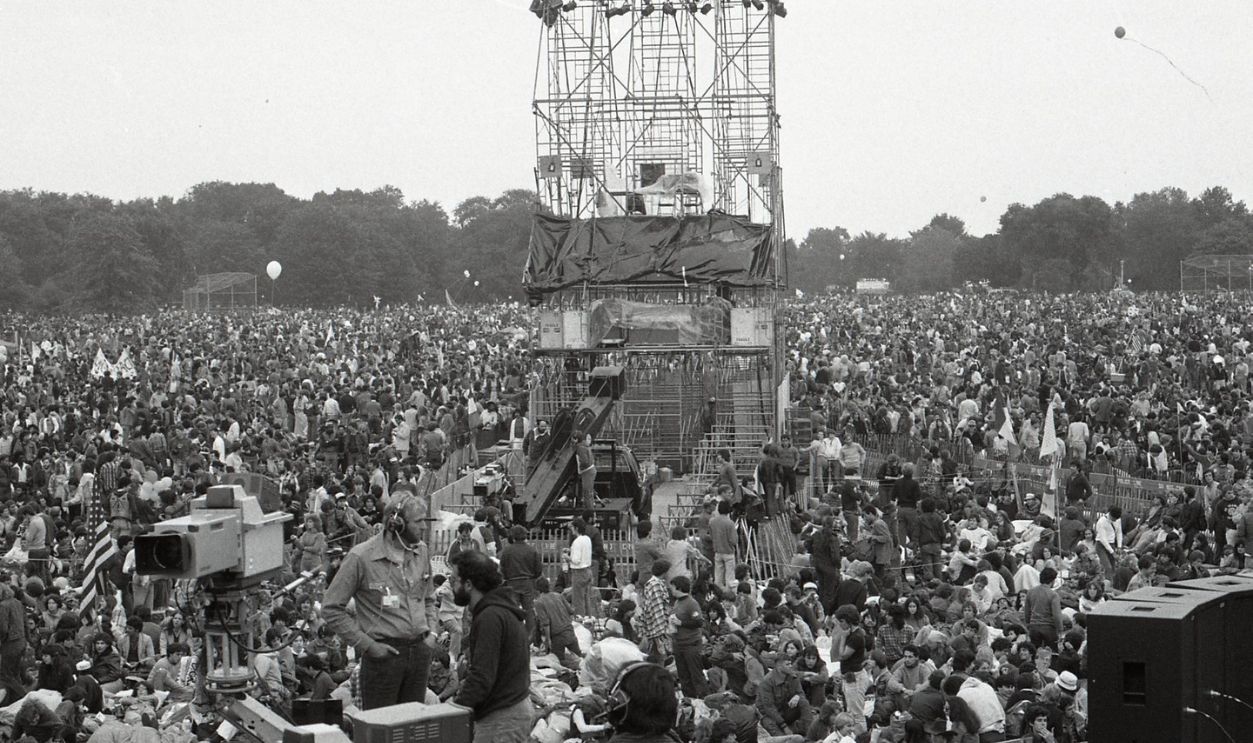 Newsday LLC, Getty Images
Newsday LLC, Getty Images
36. He Still Had Scores To Settle
Reuniting on stage didn’t mean the drama was over. During rehearsals for the concert, Simon and Garfunkel fought constantly—Simon later called it “miserable”. Garfunkel also had to learn harmonies for all of Simon’s solo material. But then it got petty: Simon planned to wear a hairpiece for the show and wanted Garfunkel to wear one too.
Garfunkel refused at first, but finally agreed, and on September 19, 1981, in front of 500,000 rain-soaked fans, Simon & Garfunkel pulled it off. (The show, not the hair).
The concert was a triumph. And in warm afterglow, they made a decision they’d soon regret.
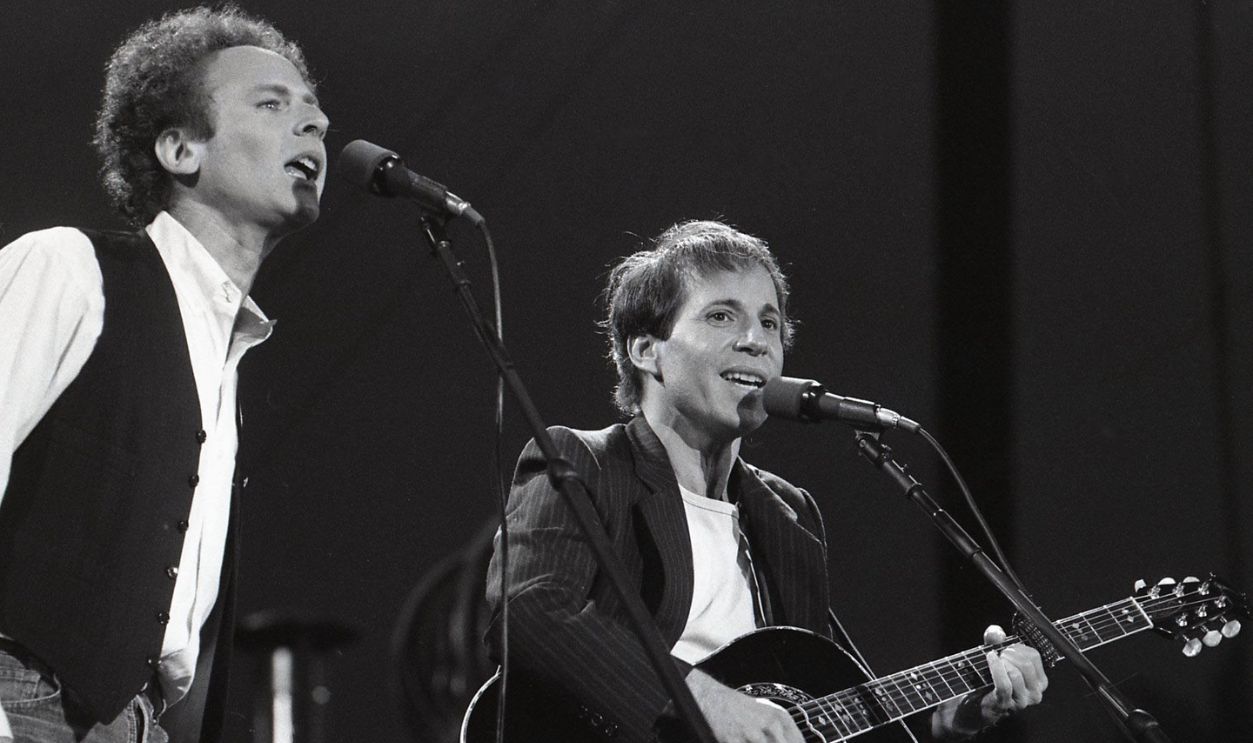 Newsday LLC, Getty Images
Newsday LLC, Getty Images
37. He Threw It All Away—Again
After their Central Park comeback, Simon & Garfunkel agreed to go big: a full tour and brand-new album called Think Too Much. Garfunkel recorded his parts, and things almost felt like old times—until Simon changed his mind.
The songs he was writing were raw and personal, centered on his turbulent relationship with Carrie Fisher. Suddenly, the idea of sharing them with Garfunkel didn’t sit right. He tossed Garfunkel’s vocals in the trash, renamed the album Hearts and Bones, and quietly moved on—leaving Garfunkel stunned by yet another painful betrayal.
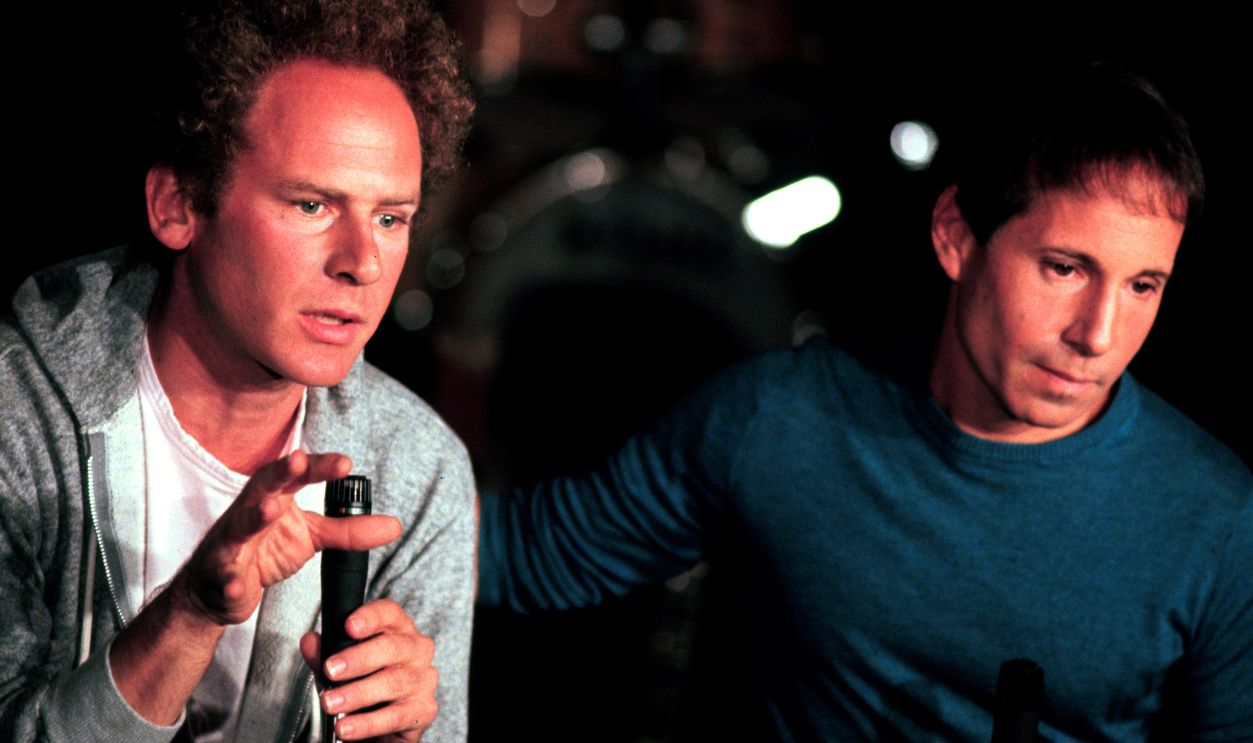 Michael Putland, Getty Images
Michael Putland, Getty Images
38. His Love Didn’t Fade
Just months after Simon and Fisher’s divorce, they were back together. Not only that—they moved in together like nothing had happened. According to Simon’s biographer, “He loved her, with a desperation that could frighten him”. The pair certainly had chemistry, but between the chaos, confusion, and heartbreak, would passion be enough to write a happy ending?
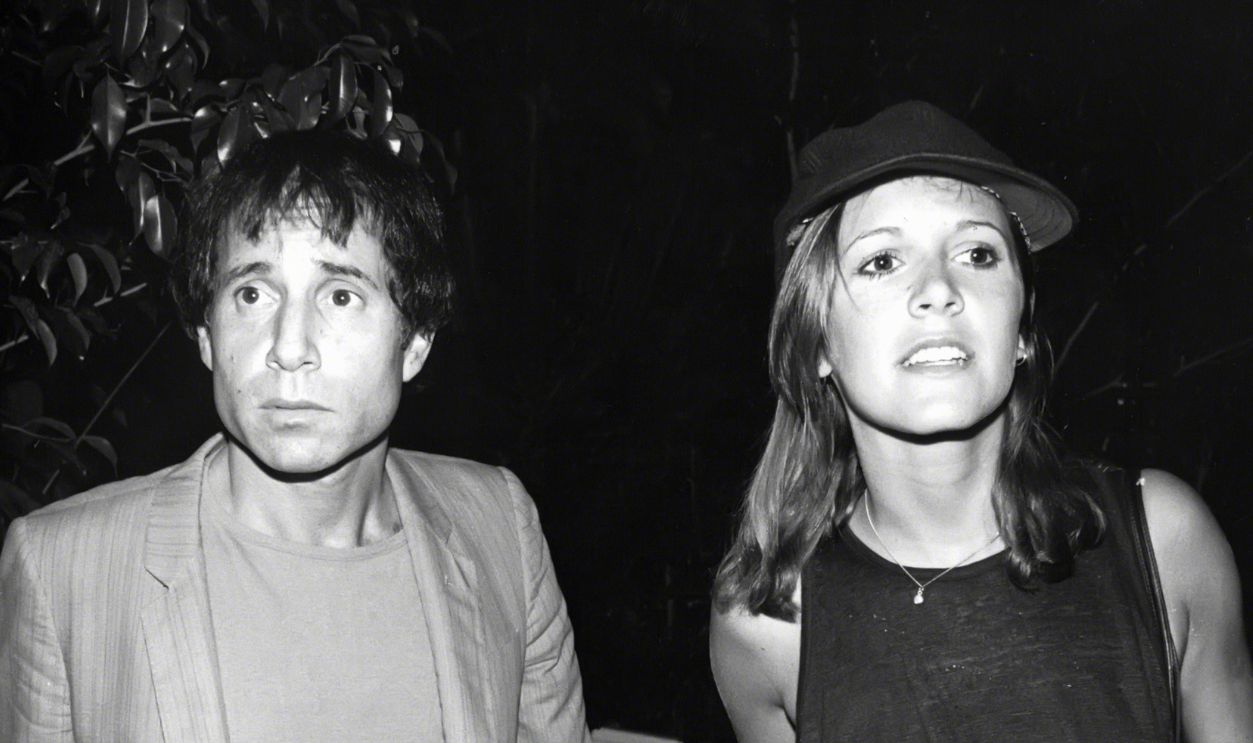 Images Press, Getty Images
Images Press, Getty Images
39. He Took Desperate Measures
Their love wasn’t working—and both of them knew it. Carrie Fisher checked into rehab. Paul Simon tried therapy. But when nothing else helped, they went with Plan C: a spiritual healer in the Amazon jungle.
That night, deep in the rainforest, the healer handed them a thick, bitter brew: ayahuasca. As they drank, he warned them that the visions would reveal what was really inside. And what Fisher saw in Simon's mind left her shaken.
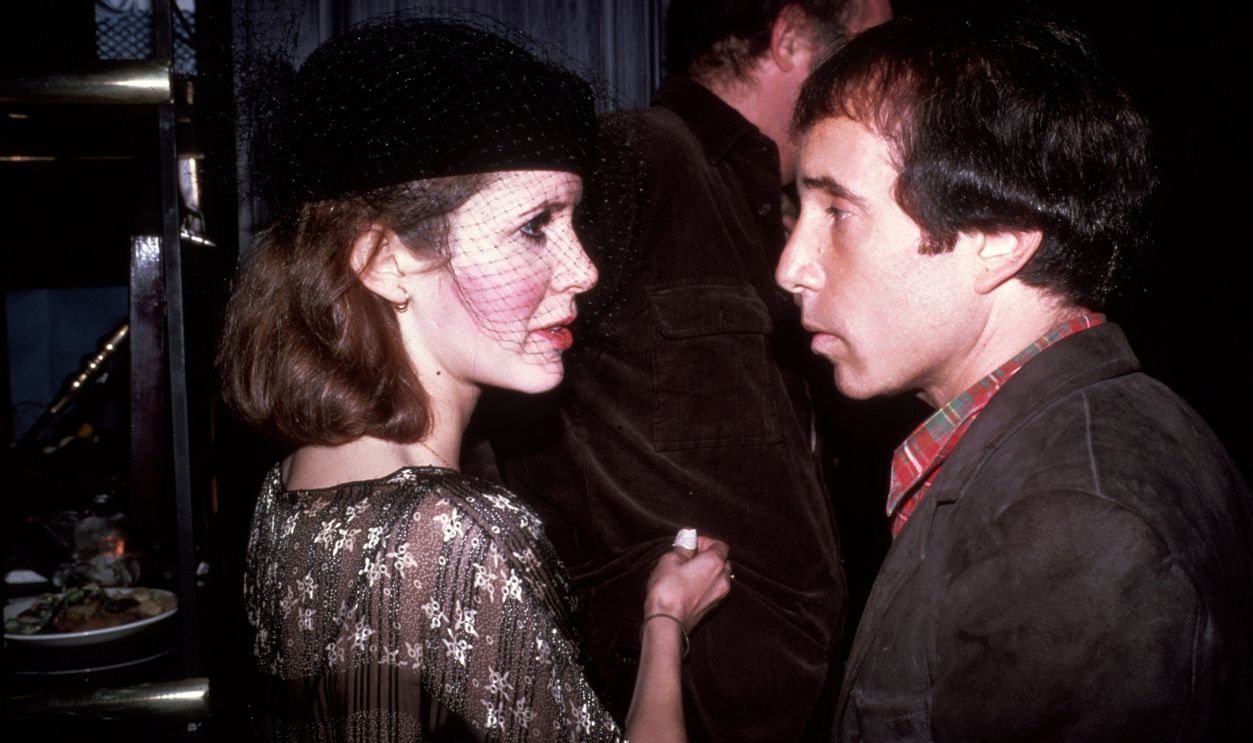 Images Press, Getty Images
Images Press, Getty Images
40. He Blew His Big Moment
Simon and Fisher drank the ayahuasca, and as they were waiting for the visions to appear, the spiritual healer asked them what problems they were hoping to resolve. Fisher opened up. The healer nodded. He said he was already aware of what she was looking for. Then he turned to Simon. His answer? A sore elbow. The healer glared.
Even while tripping in the jungle, Simon couldn’t read the room, which was about to become even weirder…
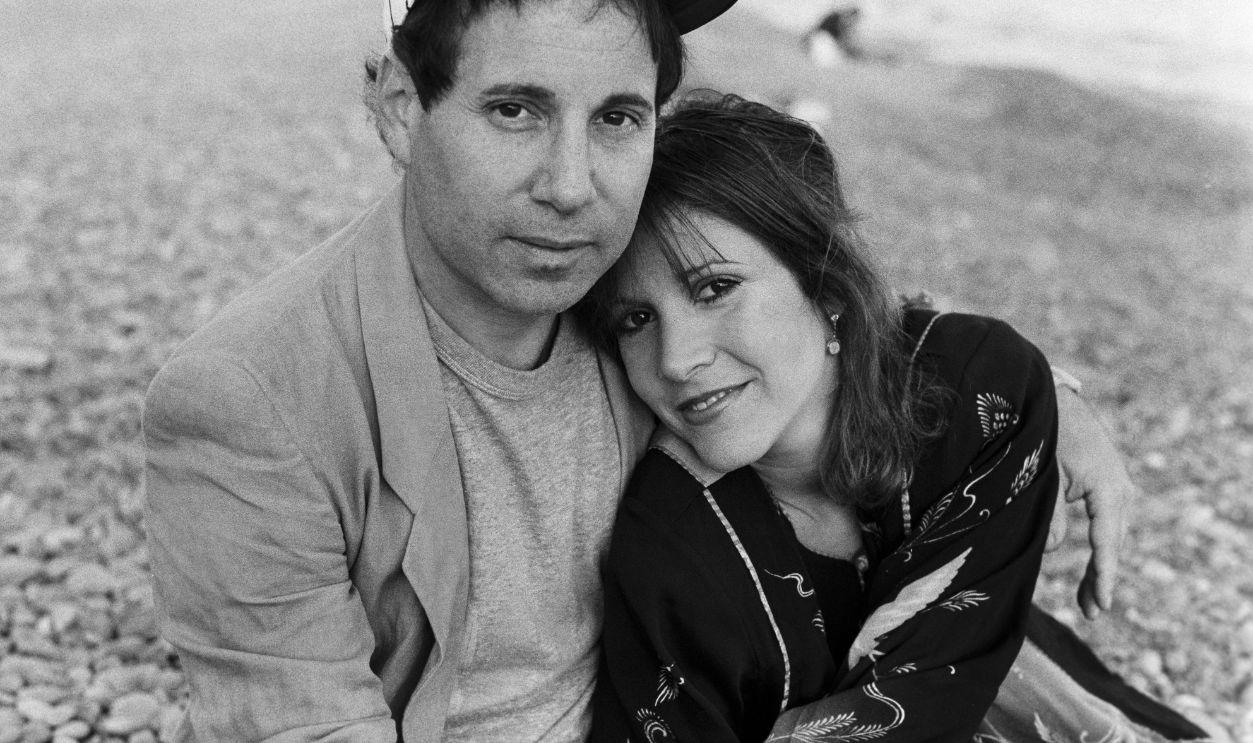 Jean-Jacques LAPEYRONNIE, Getty Images
Jean-Jacques LAPEYRONNIE, Getty Images
41. He Was Hard To Love
As the hallucinations surged, Simon put his head in Fisher's lap. She gently stroked his hair—then froze. His forehead was vibrating. “It felt like he was pulsing and growing,” she said later. Was it a hallucination? A metaphor? A warning? Either way, Fisher couldn’t shake the feeling of being held down beneath Simon’s mercurial and unstoppable brain.
The ayahuasca had opened her eyes, but the comedown was a bummer. Especially when they got back to New York and, after 12 years, she left him for good.
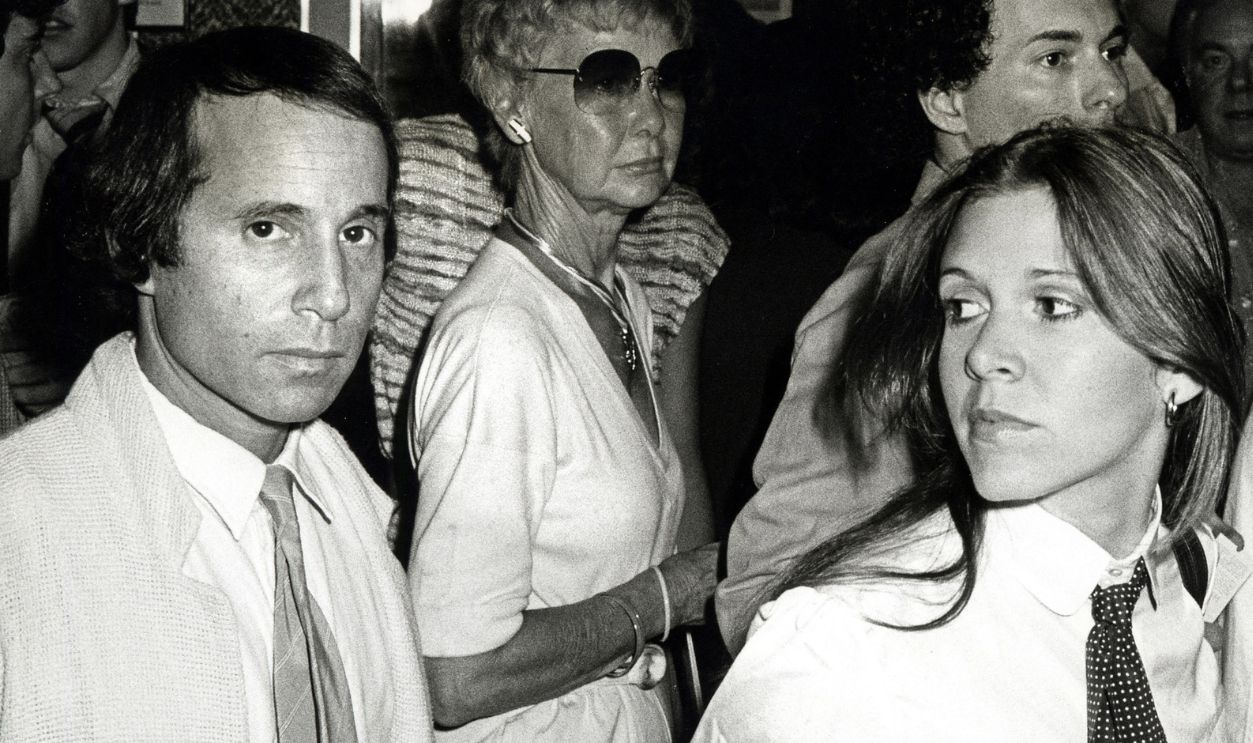 Ron Galella, Getty Images
Ron Galella, Getty Images
42. He Suffered For His Art
Say what you will about Simon and Fisher’s relationship—it gave him Graceland, the most acclaimed album of his solo career. Reflecting on the title track, Simon said, “I thought someone had punched me in the heart… The song is about why we are traveling to Graceland—to find out how to get healed”.
Fisher joked, “I was really good for material, but…I was more than he could take”. There’s no question that Graceland was brilliant, but making it would land Simon in the middle of a global firestorm.
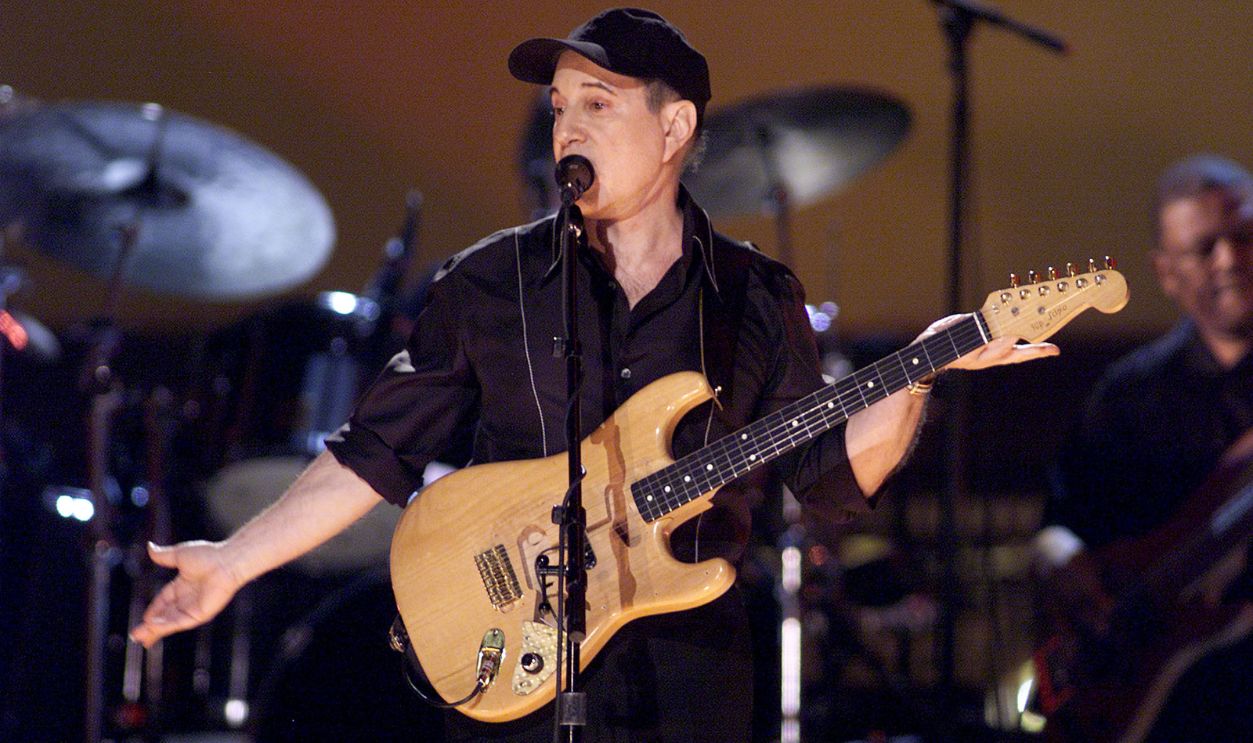 Frank Micelotta Archive, Getty Images
Frank Micelotta Archive, Getty Images
43. He Found A Glimmer Of Hope
For Simon, the early '80s were a brutal mix of failure and reinvention. His marriage to Carrie Fisher had fallen apart, and Hearts and Bones—the album that he had wiped Art Garfunkel’s vocals from—flopped. He was lost. Depressed. Done. Then, he stumbled across a bootleg cassette of mbaqanga—joyful South African street music. He had a creative epiphany and soon found himself in Johannesburg recording an album with local musicians.
There was just one problem…
 George Rose, Getty Images
George Rose, Getty Images
44. He Broke The Rules
When Simon traveled to South Africa to record Graceland, he broke a United Nations cultural boycott. Artists around the world had agreed not to collaborate in South Africa until apartheid ended. Simon insisted his intentions were to bring awareness to apartheid through collaboration, but many activists didn’t see it that way. He bypassed anti-apartheid leaders, and his decision sparked a media firestorm.
To some, Graceland was a masterpiece. To Simon, it was healing. To others, it crossed a line.
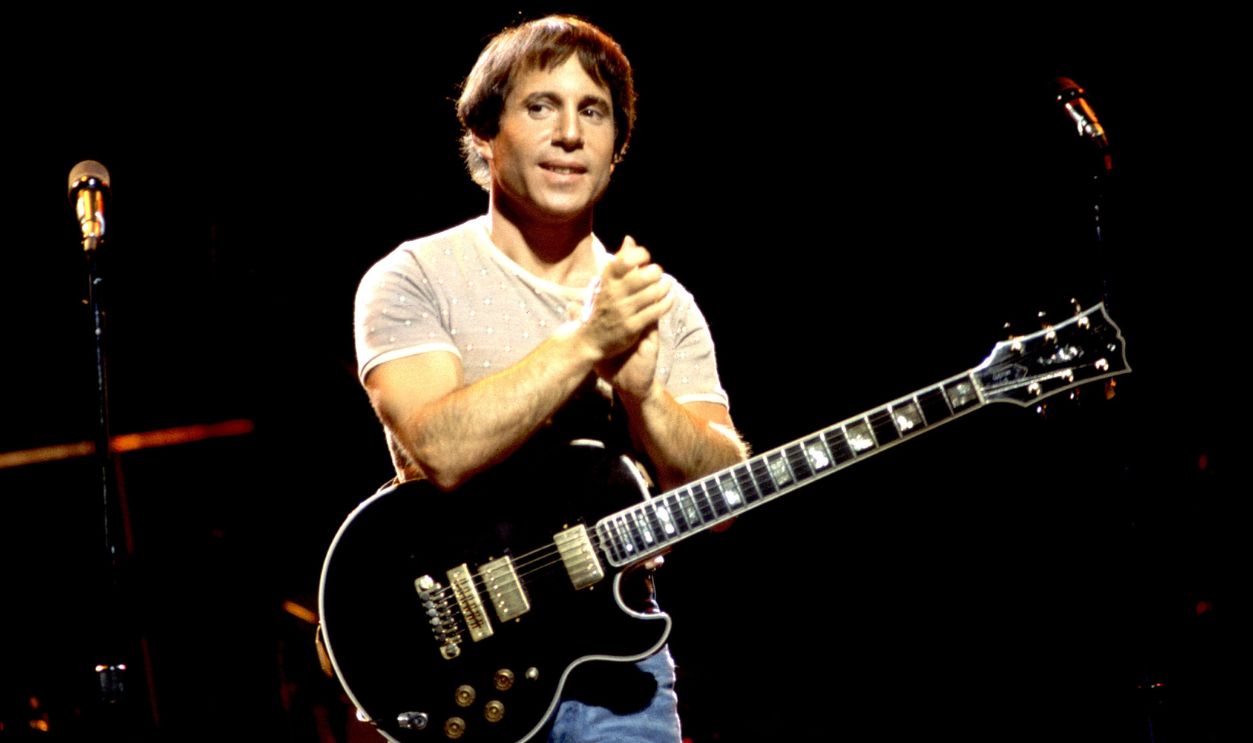 Paul Natkin, Getty Images
Paul Natkin, Getty Images
45. He Didn’t Mind The Age Gap
Third time’s a charm? It’s safe to say that by the late '80s, Simon was healing and ready to slow down. He fell hard for quirky singer-songwriter Edie Brickell—who was close to half his age. They married in 1992, when Simon was 50, and soon started a family: one child after seven months, then two more in 1995 and 1998.
From the outside, it looked like happily ever after, but in 2014, one shocking moment shattered that illusion.
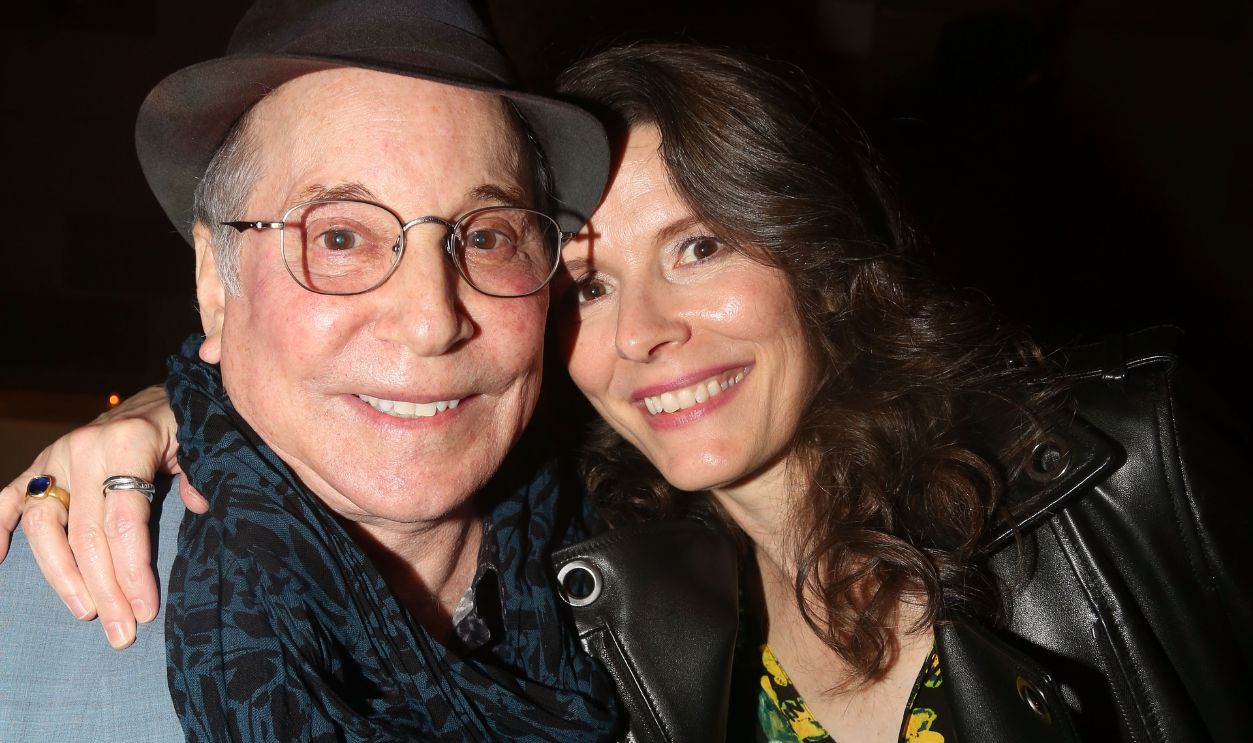 Bruce Glikas, Getty Images
Bruce Glikas, Getty Images
46. His Past Caught Up With Him
In 2001, Simon was inducted into the Rock and Roll Hall of Fame for his solo work. But when he took the stage, the crowd was lukewarm. It could have been the Graceland controversy, or maybe it was the long trail of burned bridges. When he mentioned Garfunkel, he tried to sound hopeful: “I hope that one day…we’ll make peace with each other”. He then smirked and added, “No rush”.
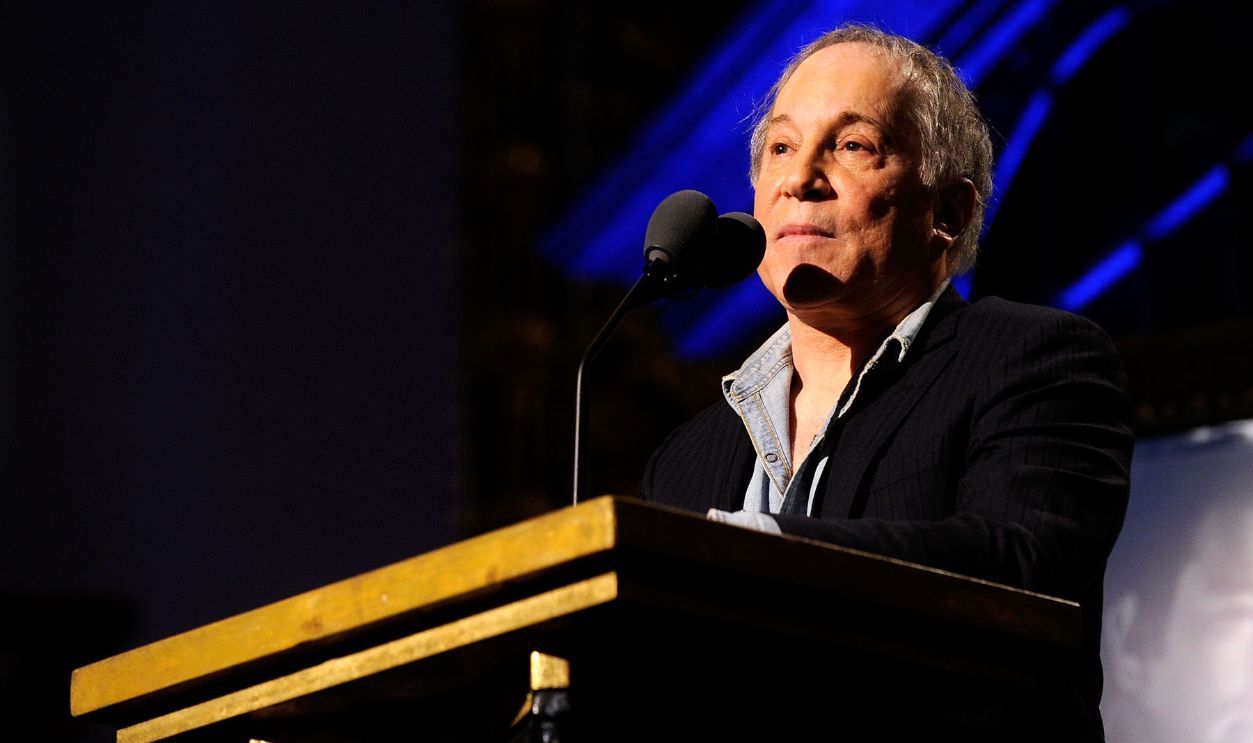 Kevin Kane, Getty Images
Kevin Kane, Getty Images
47. He Went Too Far
Decades into their marriage—when Simon was 72 and Brickell was 47—their blissful bubble suddenly burst. In April 2014, a hang-up to the emergency hotline sent the authorities racing to the couple’s Connecticut home. They arrived to find a shouting match and signs that things had turned physical.
When law enforcement asked what happened, Brickell’s answer was shocking.
 David Surowiecki, Getty Images
David Surowiecki, Getty Images
48. He Couldn’t Handle The Truth
Edie Brickell let it all out. She told responders that she had gone to Simon’s recording studio, which was in a cottage on the property, to confront him. She said he’d done something that “broke her heart”. And then came the fighting words: She claimed Simon “cannot handle being criticized in any manner,” and he immediately became confrontational. Her final jab?
She said he was acting “like a spoiled baby”.
 David Surowiecki, Getty Images
David Surowiecki, Getty Images
49. He Faced The Fallout
Celebrity clashes get swept quietly under the rug, but not this one. Brickell admitted she didn’t hit Simon—she smacked him. Simon confessed to shoving her and calling emergency services after she hit him. She showed authorities her bruised wrist and hinted at other injuries. She also said that “there were other physical confrontations in the relationship”.
Both received charges for disorderly conduct. In court, the couple appeared side by side, insisting things were under control. Simon told the judge, “Edie and I are fine”.
In the end, the judge dismissed the case. And somehow, despite it all, they’re still together.
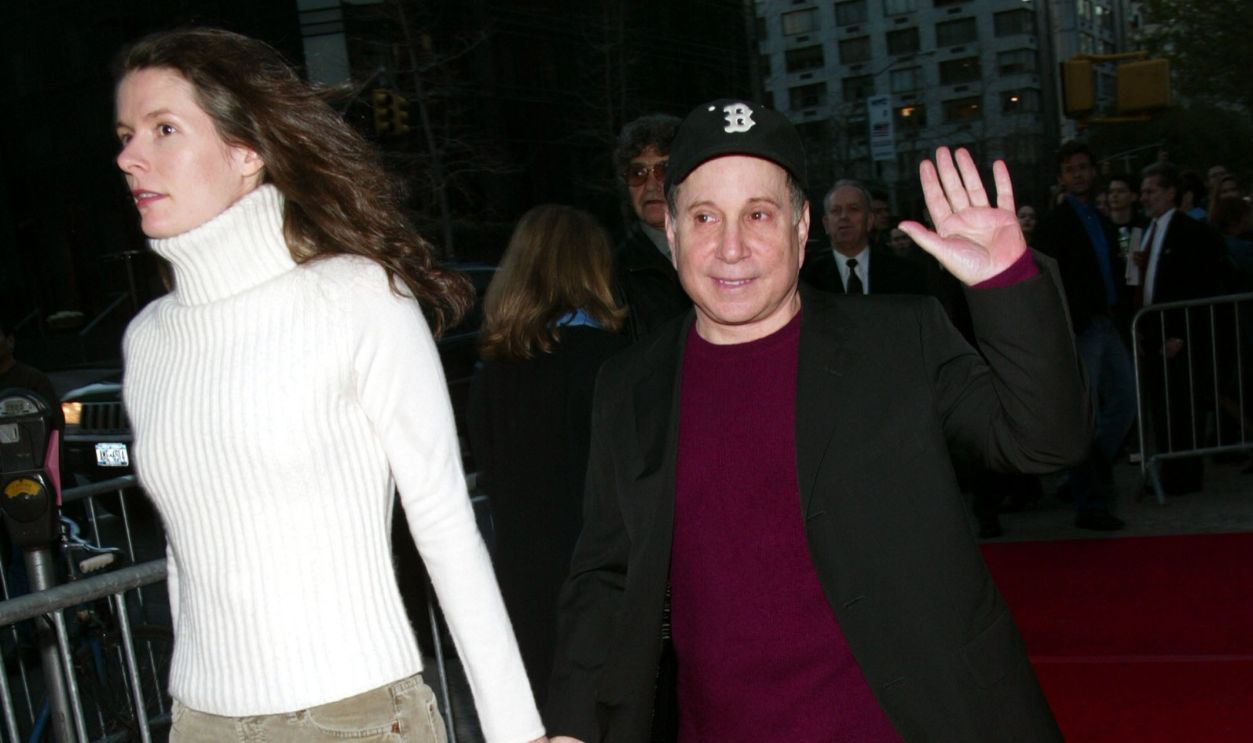 Evan Agostini, Getty Images
Evan Agostini, Getty Images
50. He’s Still Got Something To Prove
Simon may be in his 80s, but that chip on his shoulder? It’s still there—just smaller. With 16 Grammys, two Hall of Fame inductions, and a songbook that helped define American music, he’s long since earned his place among the greats.
As prickly as he could be, he still manages to write songs that pull at your heart and linger for decades. Even as he battles hearing loss and intense back pain, he keeps chasing the next sound. Maybe he said it best himself when he sang: “Still crazy after all these years”.
 Ian Gavani, Getty Images
Ian Gavani, Getty Images
You May Also Like:
Pete Seeger Sang About Tragedy Because He Knew It Well
Jazz’s Hot-Tempered King Of Cool
Sources: 1, 2, 3, 4, 5, 6, 7, 8, 9, 10, 11, 12, 13, 14, 15